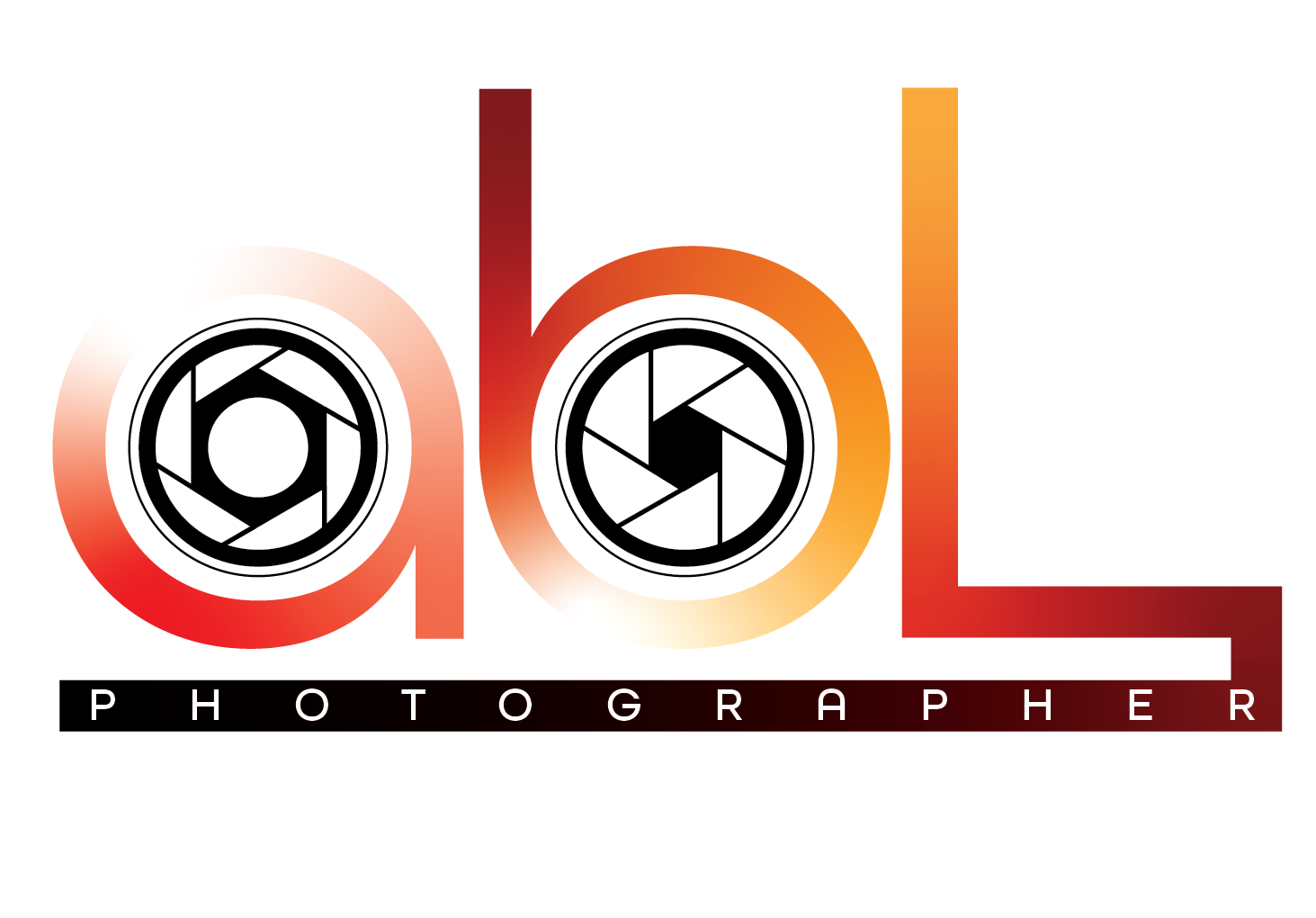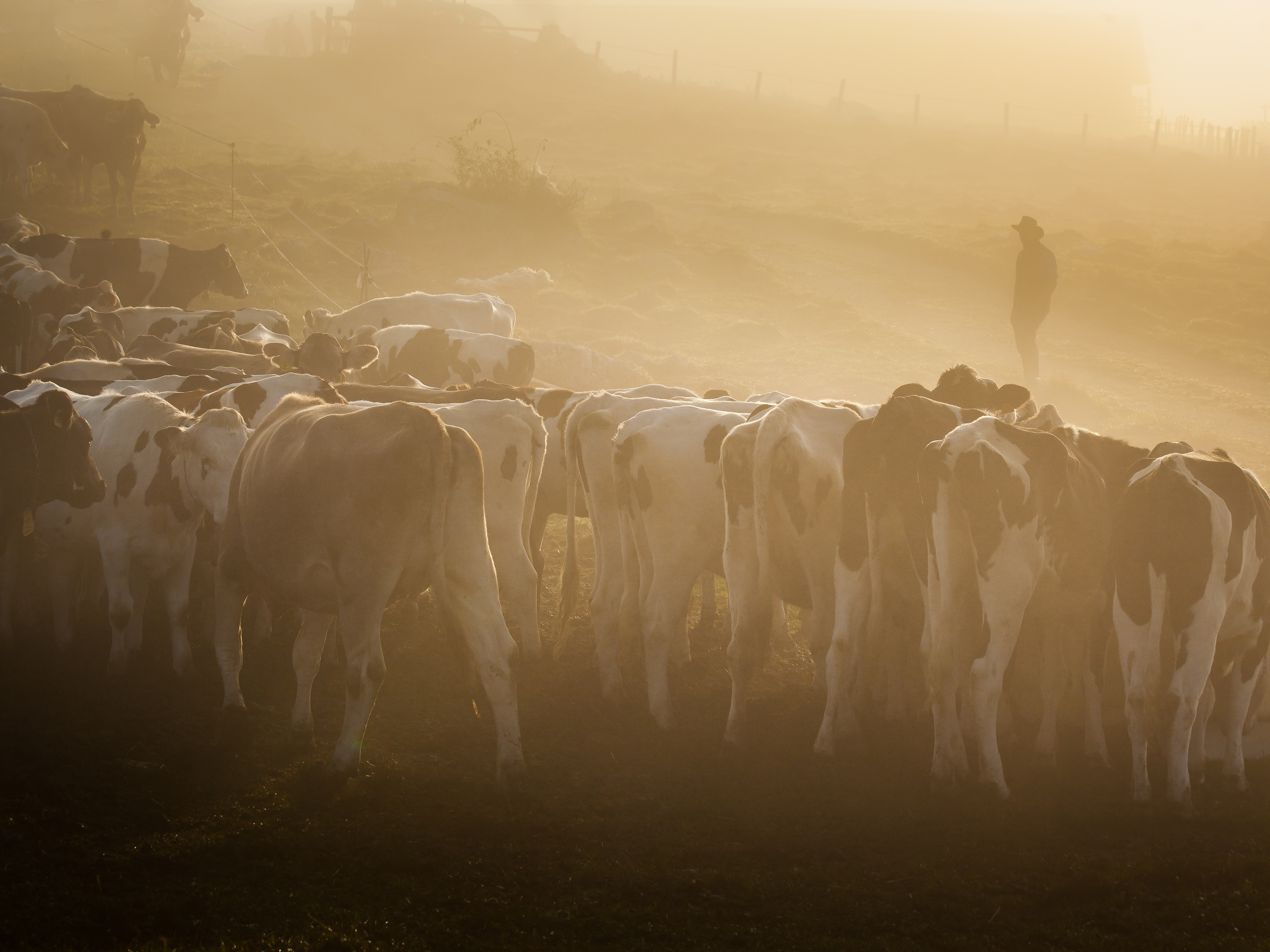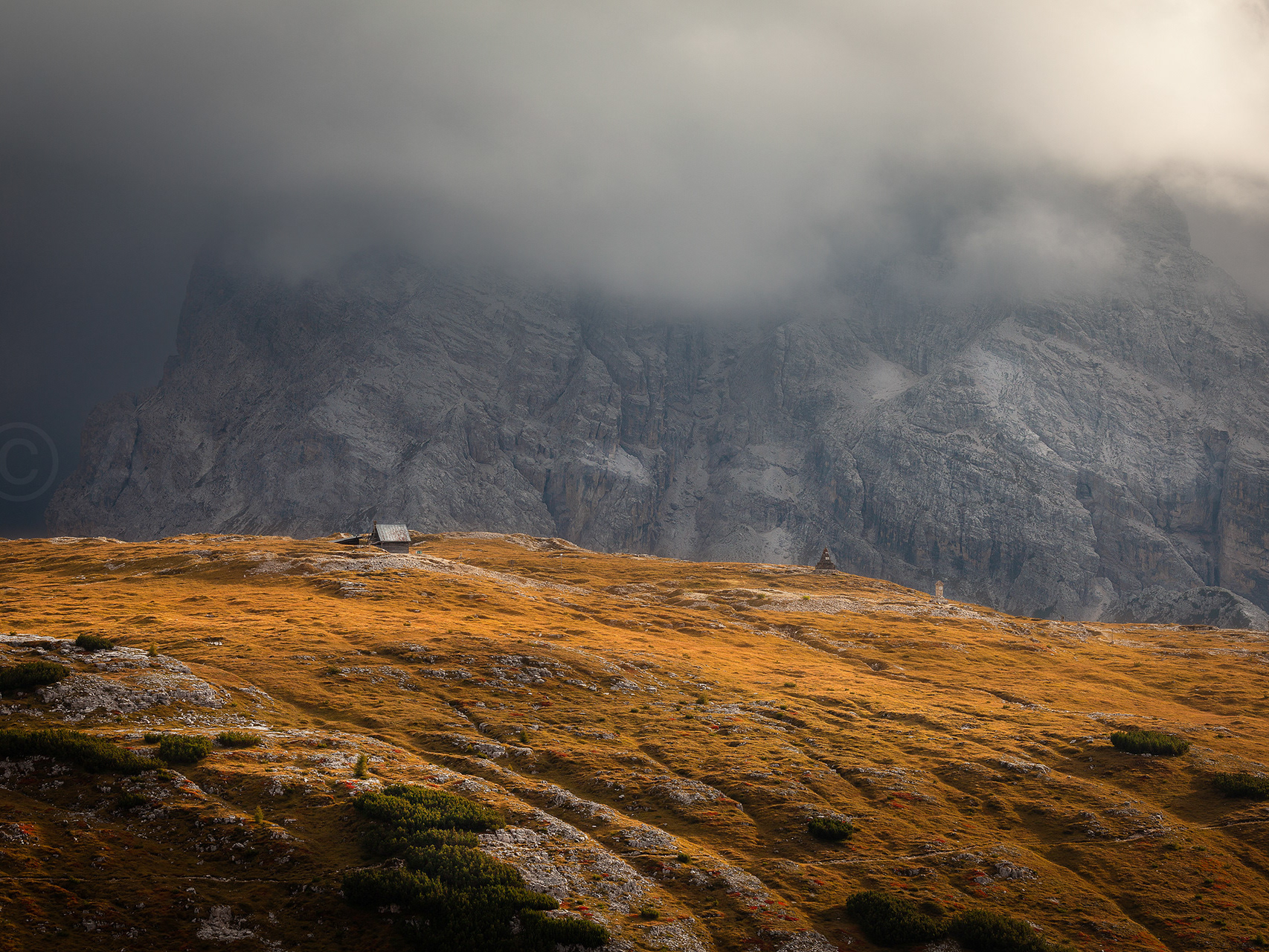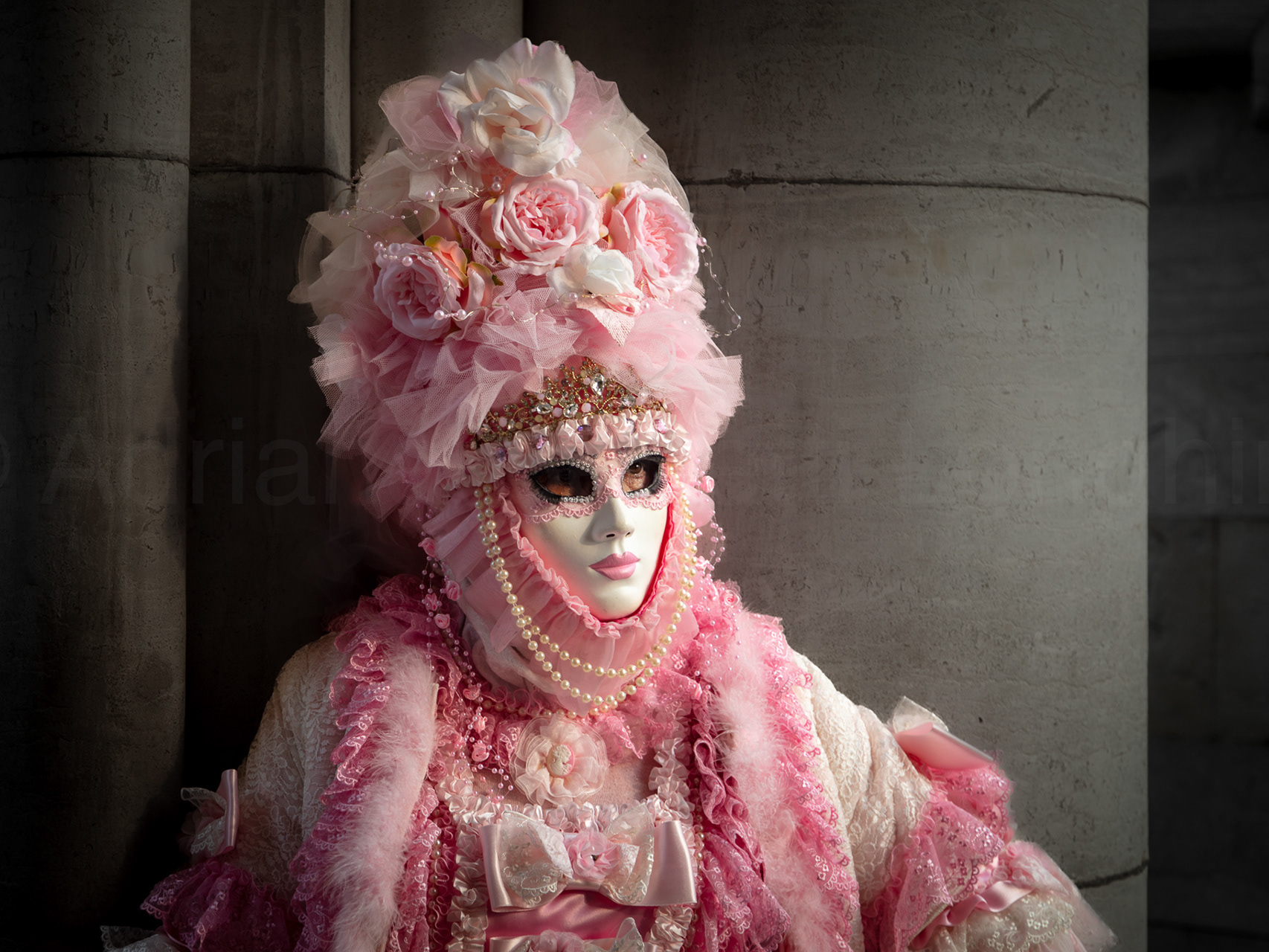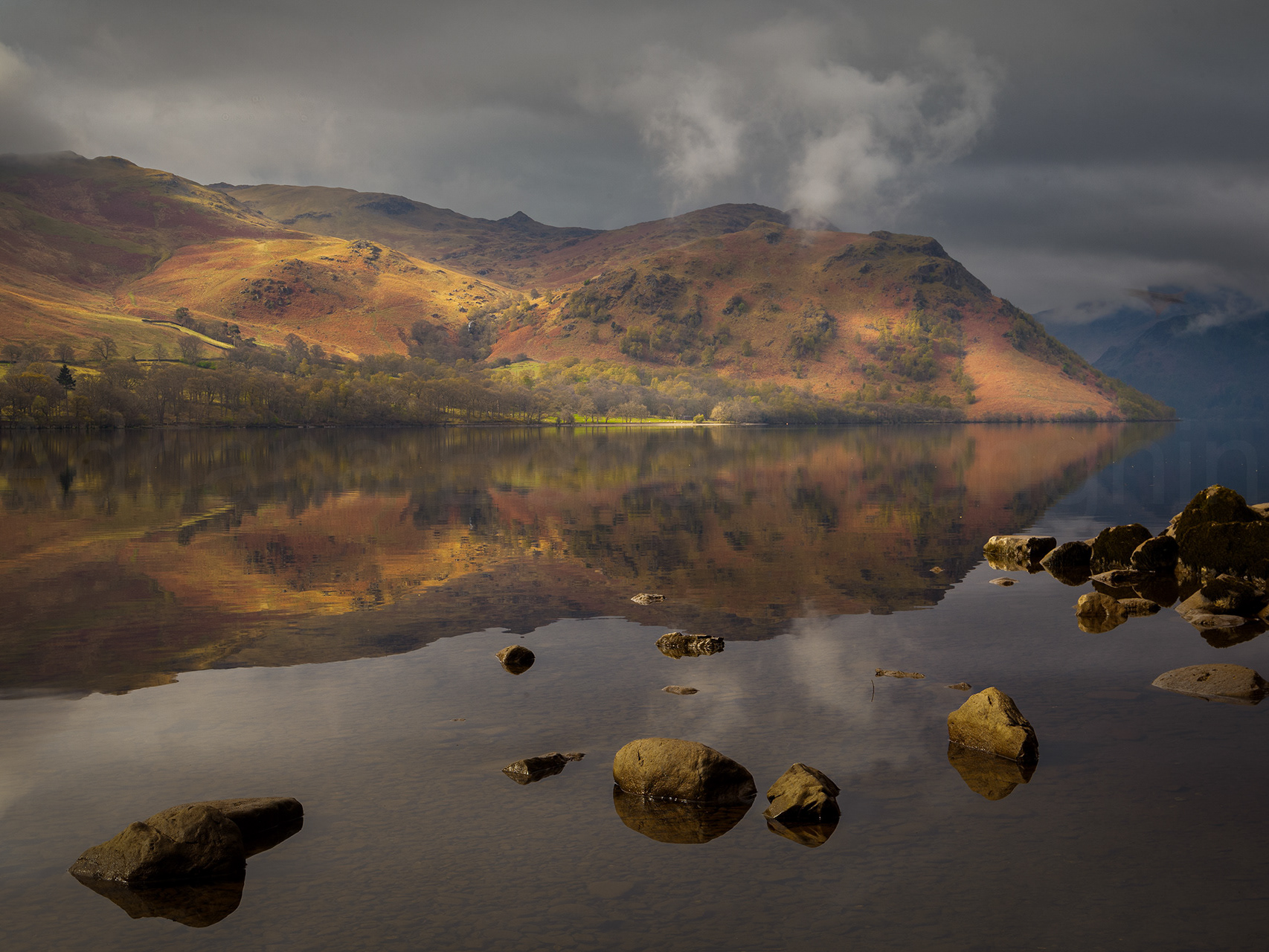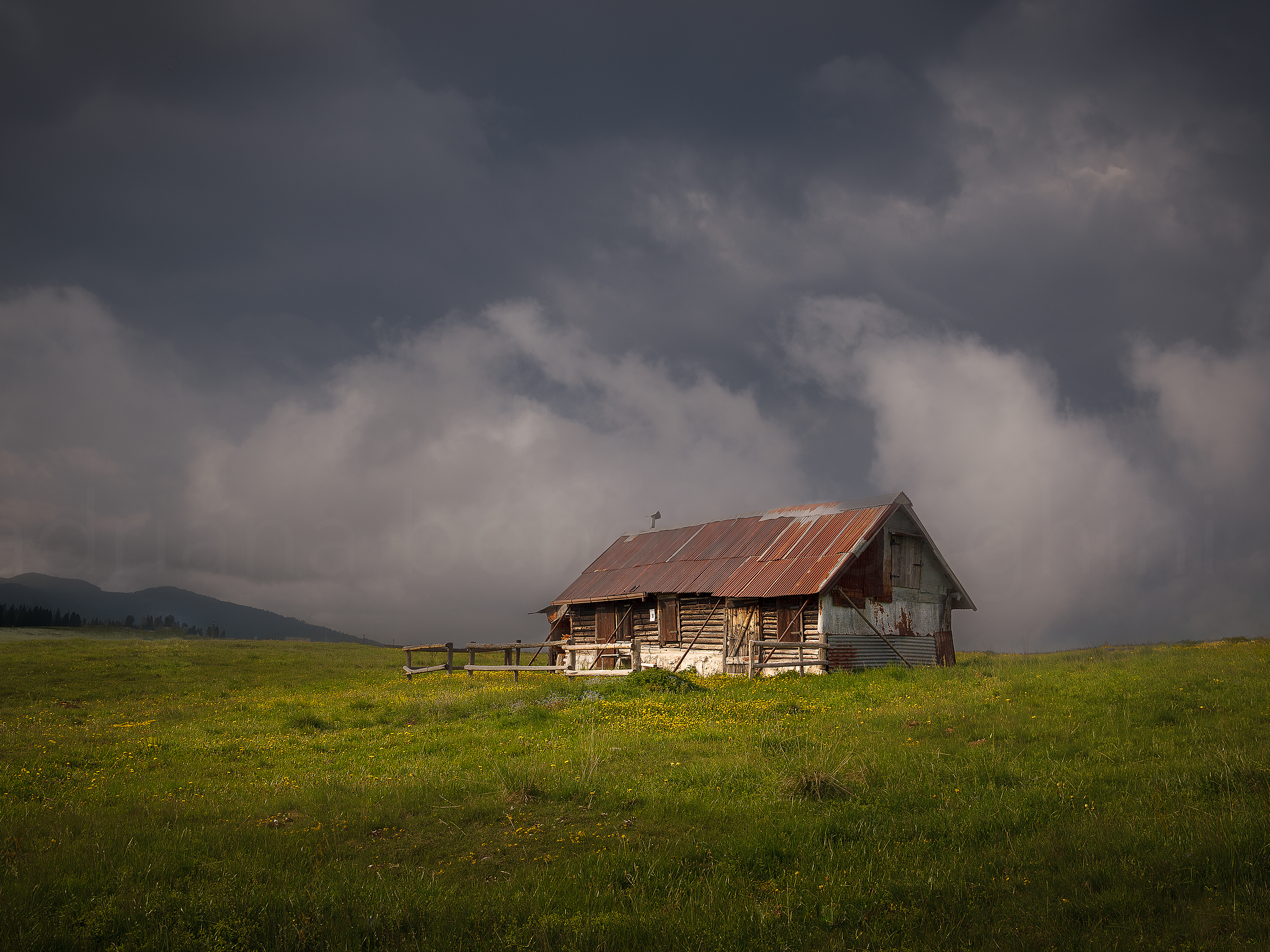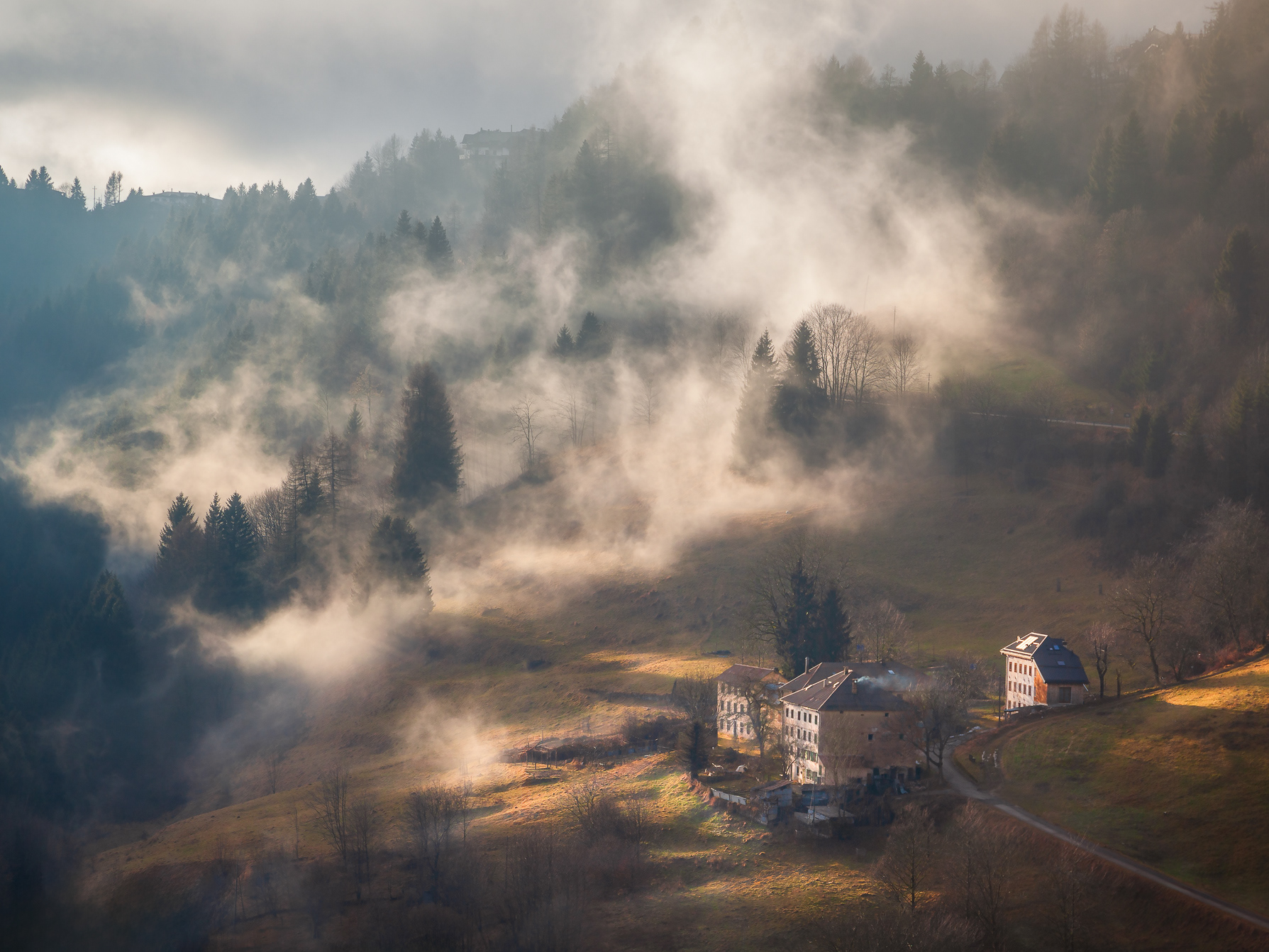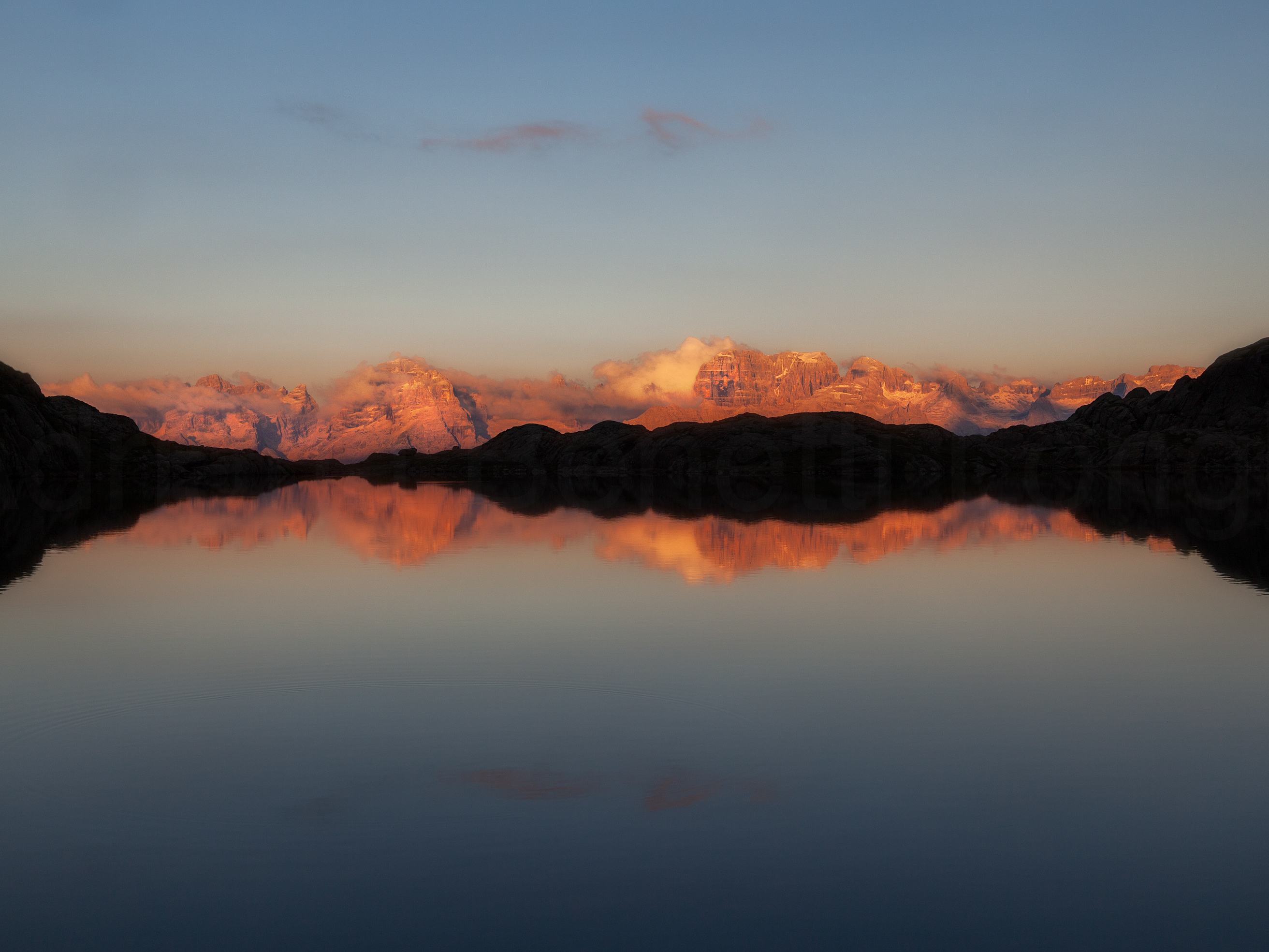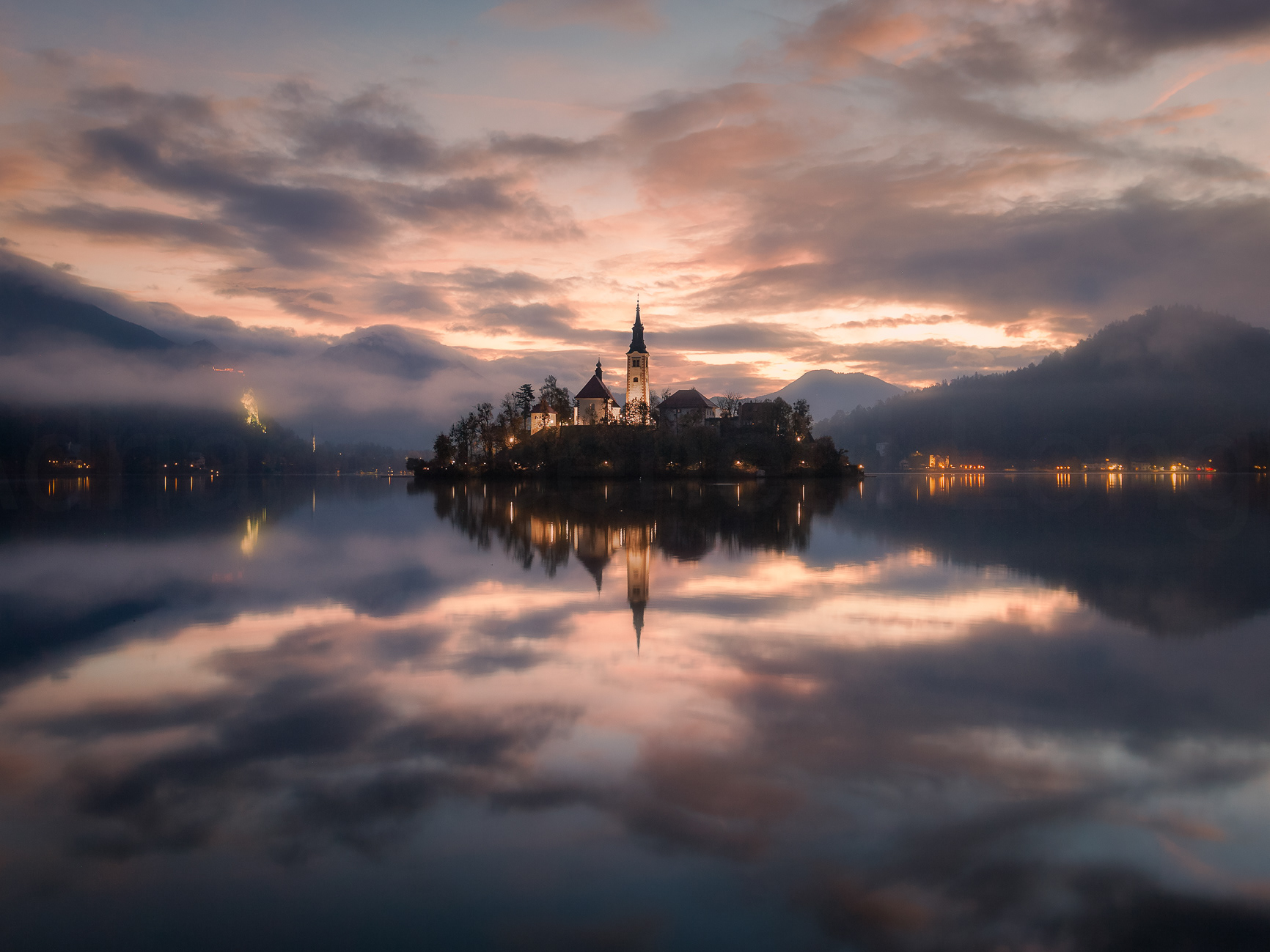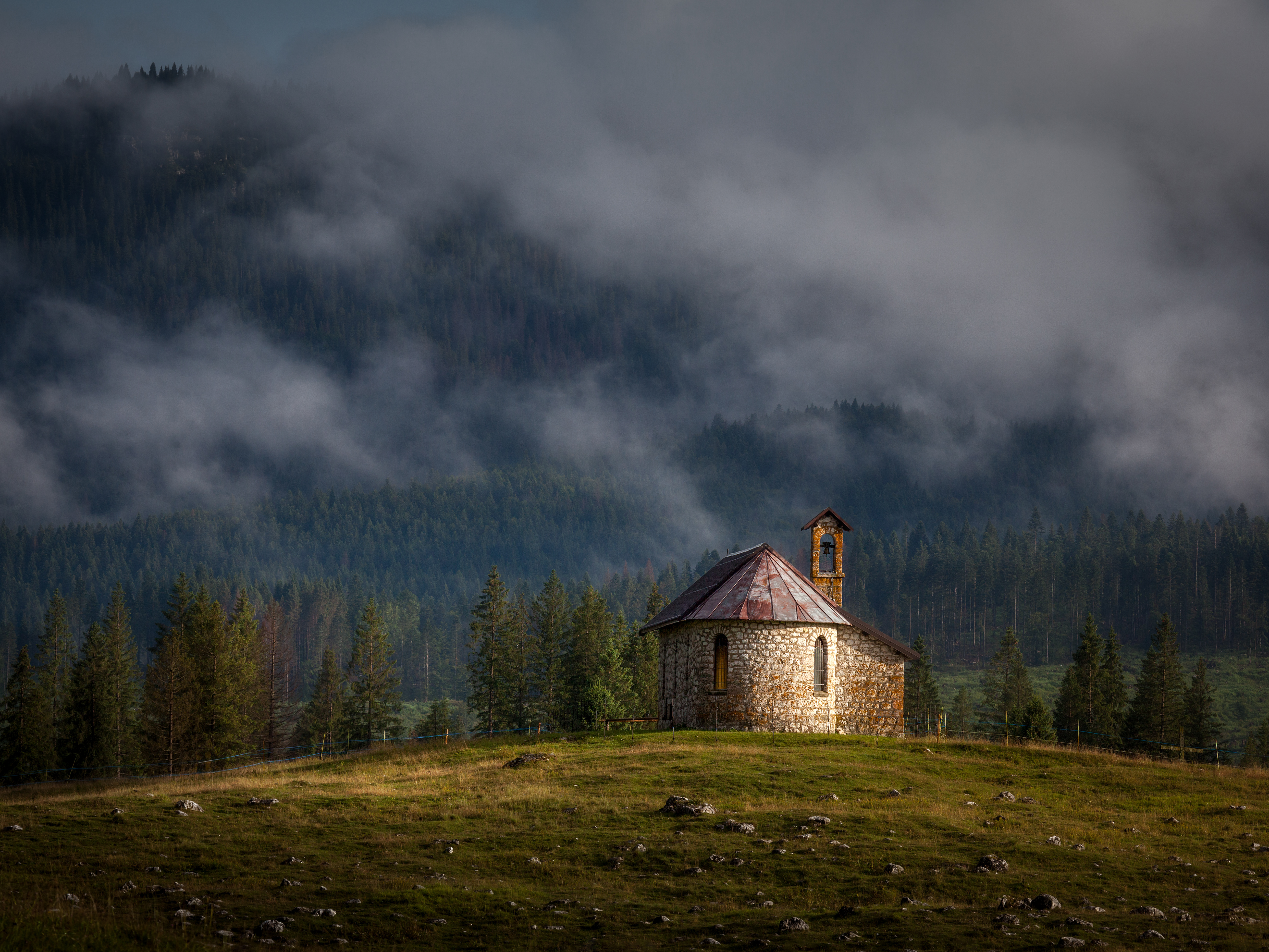I love mist in every form, whether it is light and airy or quite dense with low visability, and it can be one of the most challenging landscape photography situations for landscape photographers.
As I'm a firm believer in practising "slow photography" and enjoy time on my own with my own thoughts which enables me to fully concentrate on what I want to achieve. This thought process is what I find best in the planning of compositions, searching for the right atmospheric conditions which for me is one of the most important elements in the genre of landscape photography.
Amo la nebbia in ogni sua forma, che sia leggera e ariosa o piuttosto densa con scarsa visibilità. Questo può essere una delle situazioni più impegnative per la fotografia di paesaggio. Poiché credo fermamente nella pratica della "fotografia lenta" e mi godo il tempo da sola con i miei pensieri che mi consentono di concentrarmi completamente su ciò che voglio ottenere. Questo processo di pensiero è ciò che trovo migliore nella pianificazione delle composizioni, nella ricerca delle giuste condizioni atmosferiche che per me è uno degli elementi più importanti nel genere della fotografia di paesaggio.
What I have discovered over many years of chasing mist is that the situation can change so rapidly, which is very challenging as many times I have had to constantly change lenses or use 2 camera bodies with a different lens on each. Light that suddenly breaks through low lying clouds or mist can change the compositions dramatically. This is where I always use the rule of thirds and keep a clean frame as seen in the above photo where I have 3 horizonal layers dividing the shot into 3 but have purposely placed my subject in the middle.
Quello che ho scoperto in molti anni di inseguimento della nebbia è che la situazione può cambiare così rapidamente, il che è molto impegnativo poiché molte volte ho dovuto cambiare continuamente obiettivi o utilizzare 2 corpi macchina con un obiettivo diverso su ciascuno. La luce che irrompe improvvisamente attraverso le nuvole basse o la foschia può cambiare radicalmente le composizioni. È qui che utilizzo sempre la regola dei terzi e mantengo una cornice pulita come si vede nella foto sopra, dove ho 3 strati orizzontali che dividono lo scatto in 3 ma ho posizionato di proposito il mio soggetto al centro.
I have found that over time I get to know the conditions that cause mist and the likely locations where it can be found. Here on the Highlands of Asiago, there are a few spots that I go to time and time again that almost guarantee the conditions that I want for my photos. Predicting mist is always difficult so I watch various weather forecasts and look for nights that are going to be clear and cool with low wind speeds, and a large difference between high and low temperatures.
Ho scoperto che nel tempo riesco a conoscere le condizioni che causano la nebbia e le probabili posizioni in cui può essere trovata. Qui sull'Altopiano di Asiago, ci sono alcuni spot in cui vado sempre che quasi garantiscono le condizioni che voglio per le mie foto. Prevedere la nebbia è sempre difficile, quindi seguo varie previsioni meteorologiche e cerco notti che saranno serene e fresche con la velocità del vento abbastanza bassa, e una grande differenza tra temperature alte e basse.
Mist is more common around dawn when light levels are low and longer shutter speeds are often required. A tripod will help keep the camera still while taking a shot, reducing motion blur and also improving the quality of the shot. As I have said before, I rarely photograph without my tripod and always use one when using my Canon 100-400 zoom.
Another thing that I nearly always do is up my exposure compensation a bit, as fog or heavy mist can make a shot look dull and slightly grey. Sometimes in these conditions using autofocus the camera will struggle, so I tend to use manual focus and this enables me to have full control of where I want to focus.
La foschia è più comune intorno all'alba, quando i livelli di luce sono bassi e spesso è necessaria una velocità dell'otturatore più lungha. Un treppiede aiuterà a mantenere ferma la fotocamera durante lo scatto, riducendo l'effetto mosso e migliorando anche la qualità dello scatto. Come ho detto prima, fotografo raramente senza il mio treppiede e lo uso sempre con mio zoom Canon 100-400.
La foschia è più comune intorno all'alba, quando i livelli di luce sono bassi e spesso è necessaria una velocità dell'otturatore più lungha. Un treppiede aiuterà a mantenere ferma la fotocamera durante lo scatto, riducendo l'effetto mosso e migliorando anche la qualità dello scatto. Come ho detto prima, fotografo raramente senza il mio treppiede e lo uso sempre con mio zoom Canon 100-400.
Un'altra cosa che faccio quasi sempre è aumentare un po' la compensazione dell'esposizione, poiché la nebbia o la foschia fitta possono rendere uno scatto leggermente grigio di tonalità. A volte in queste condizioni l'uso della messa a fuoco automatica della fotocamera fa fatica, quindi tendo ad utilizzare la messa a fuoco manuale e questo mi consente di avere il pieno controllo del scatto.
In conclusion, I find that mist or fog photography provides me with the most stunning landscape shots. Taking photos of misty or foggy landscapes requires patience and as I practice slow photography and am most of the time in my element when I'm alone for me personally the most rewarding.
In conclusione, trovo che la fotografia di nebbia mi fornisca gli scatti paesaggistici che cerco. Scattare foto di paesaggi nebbiosi richiede pazienza e poiché pratico la "fotografia lenta" (slow photography) sono per la maggior parte del tempo nel mio elemento quando sono da sola, e questo è per me personalmente il più gratificante.
Below some of my favourite images!
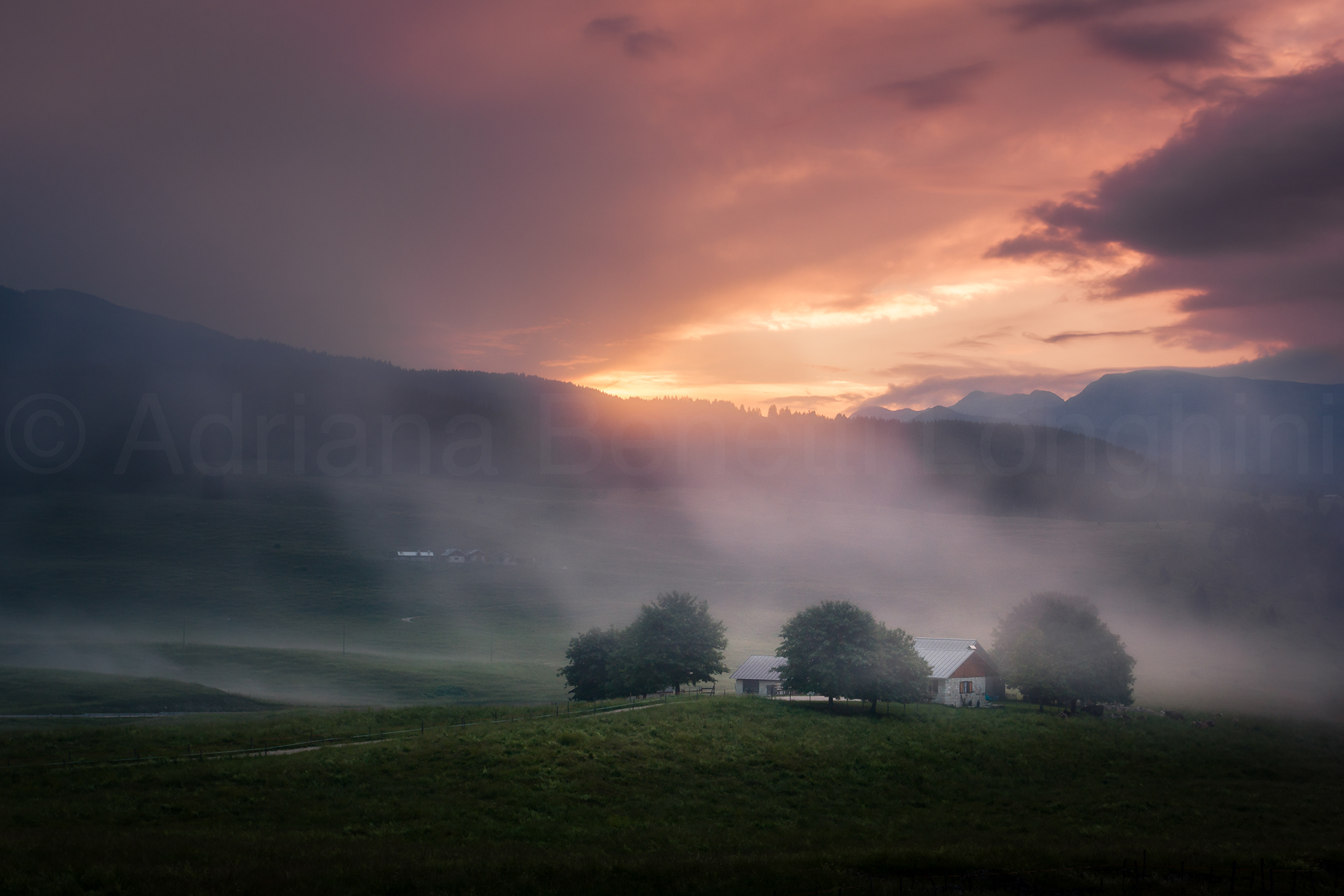
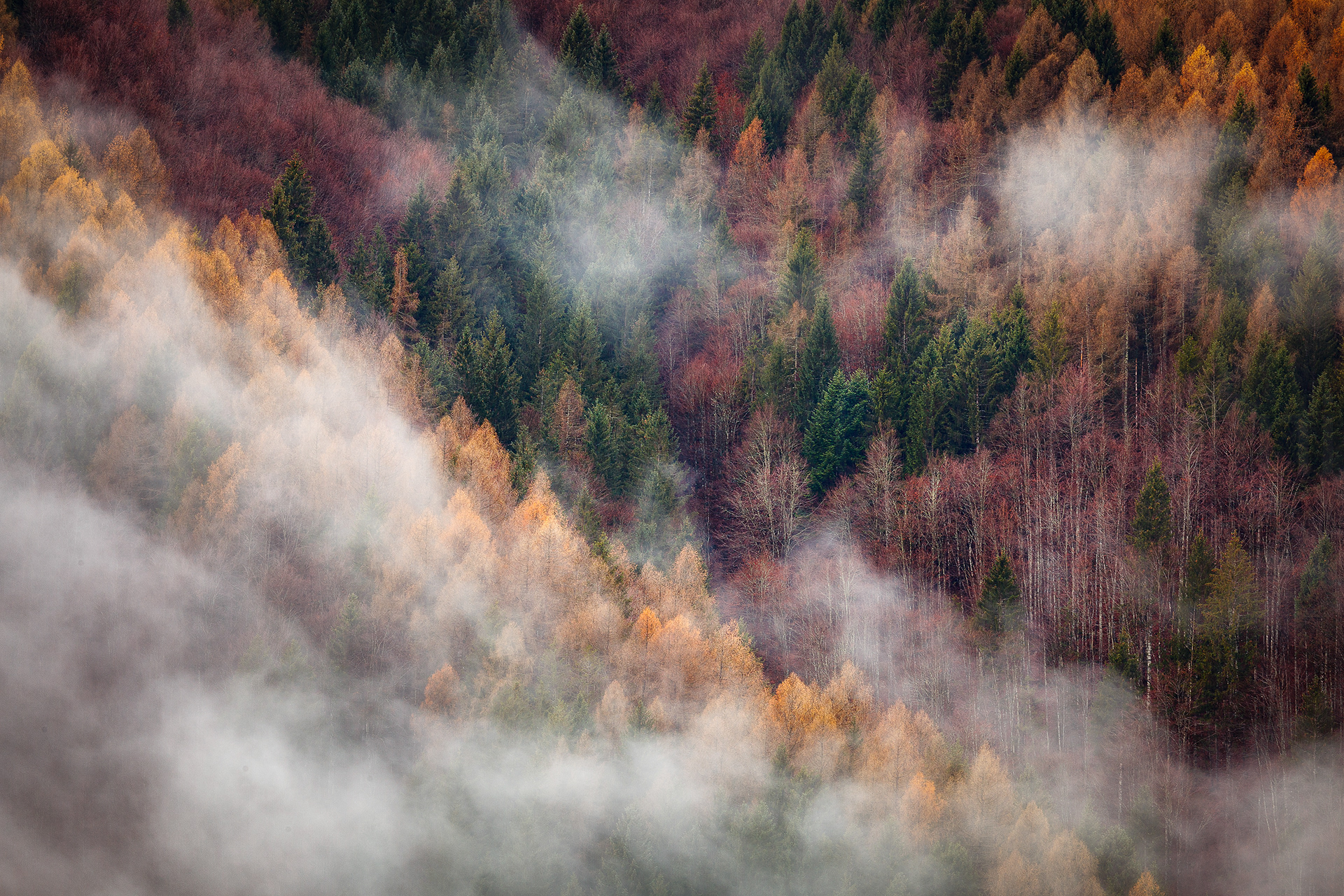
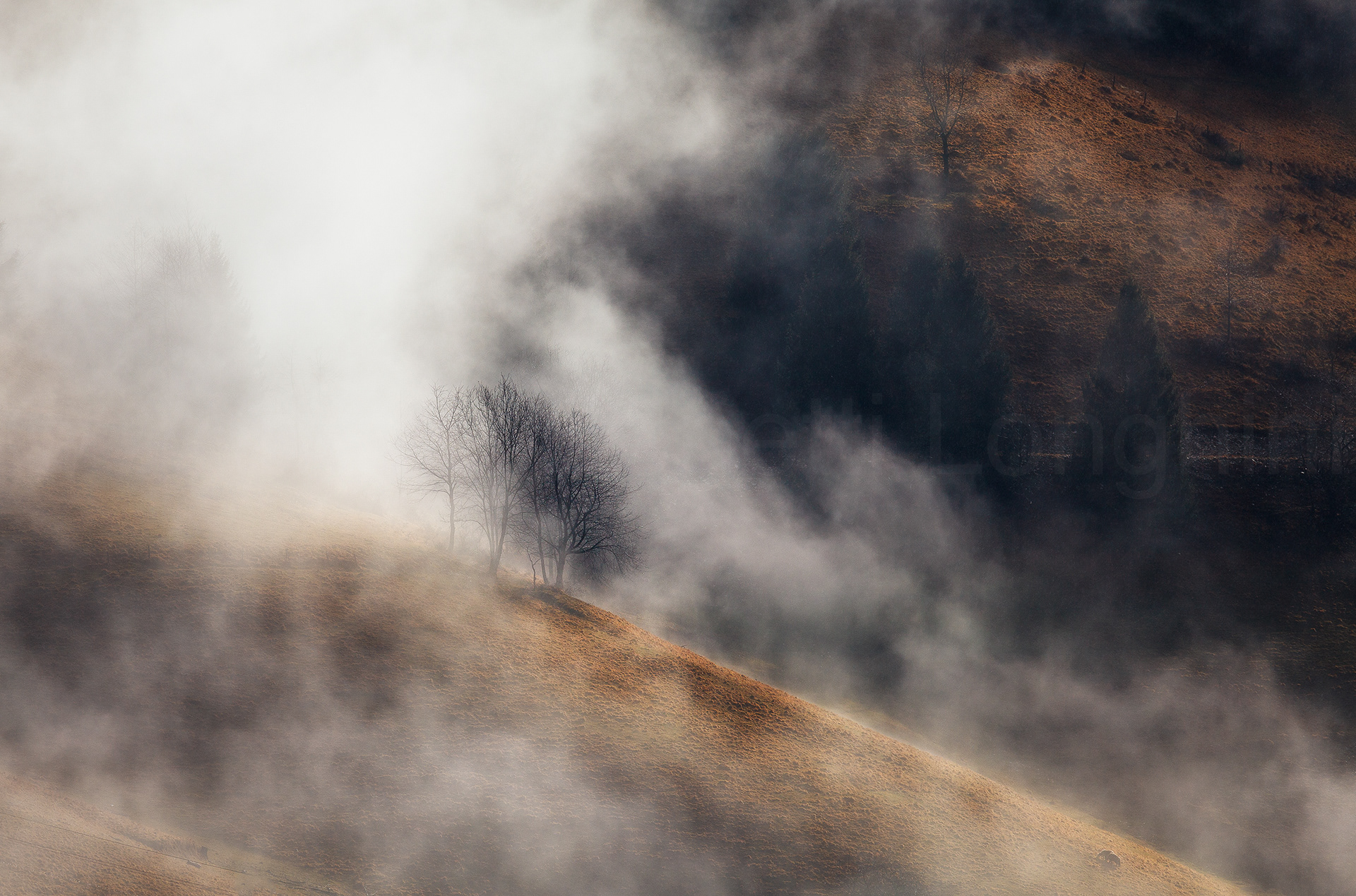
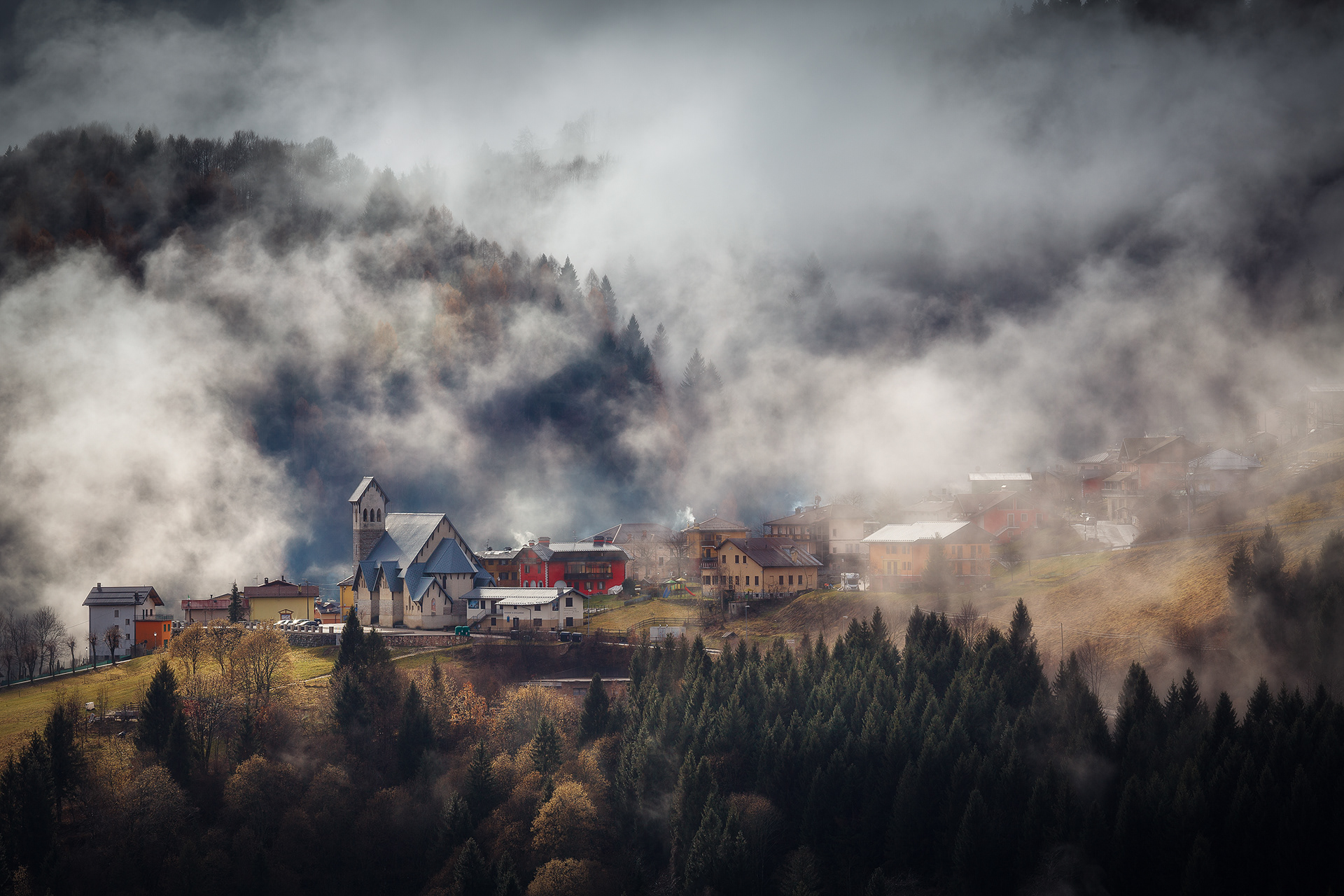
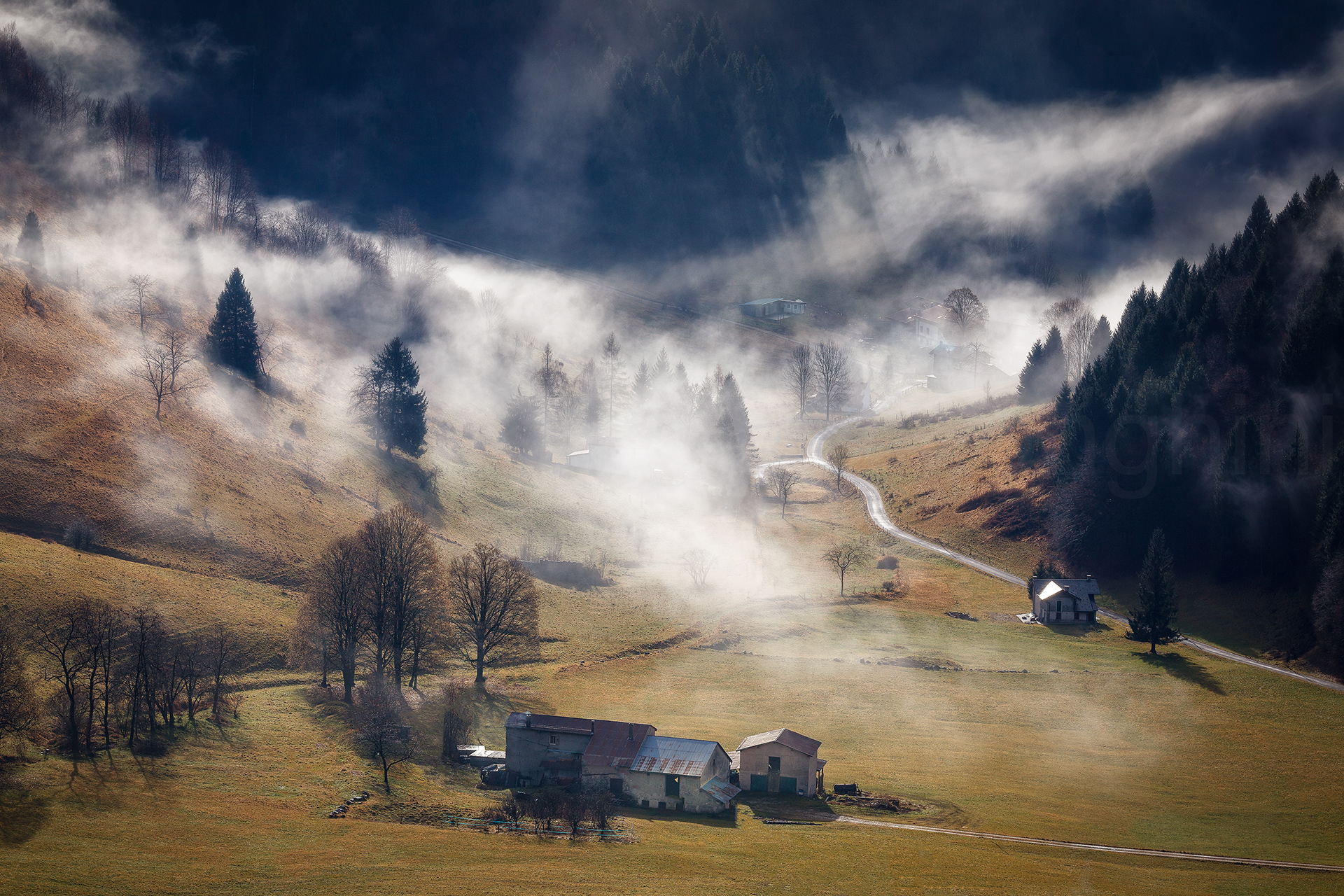
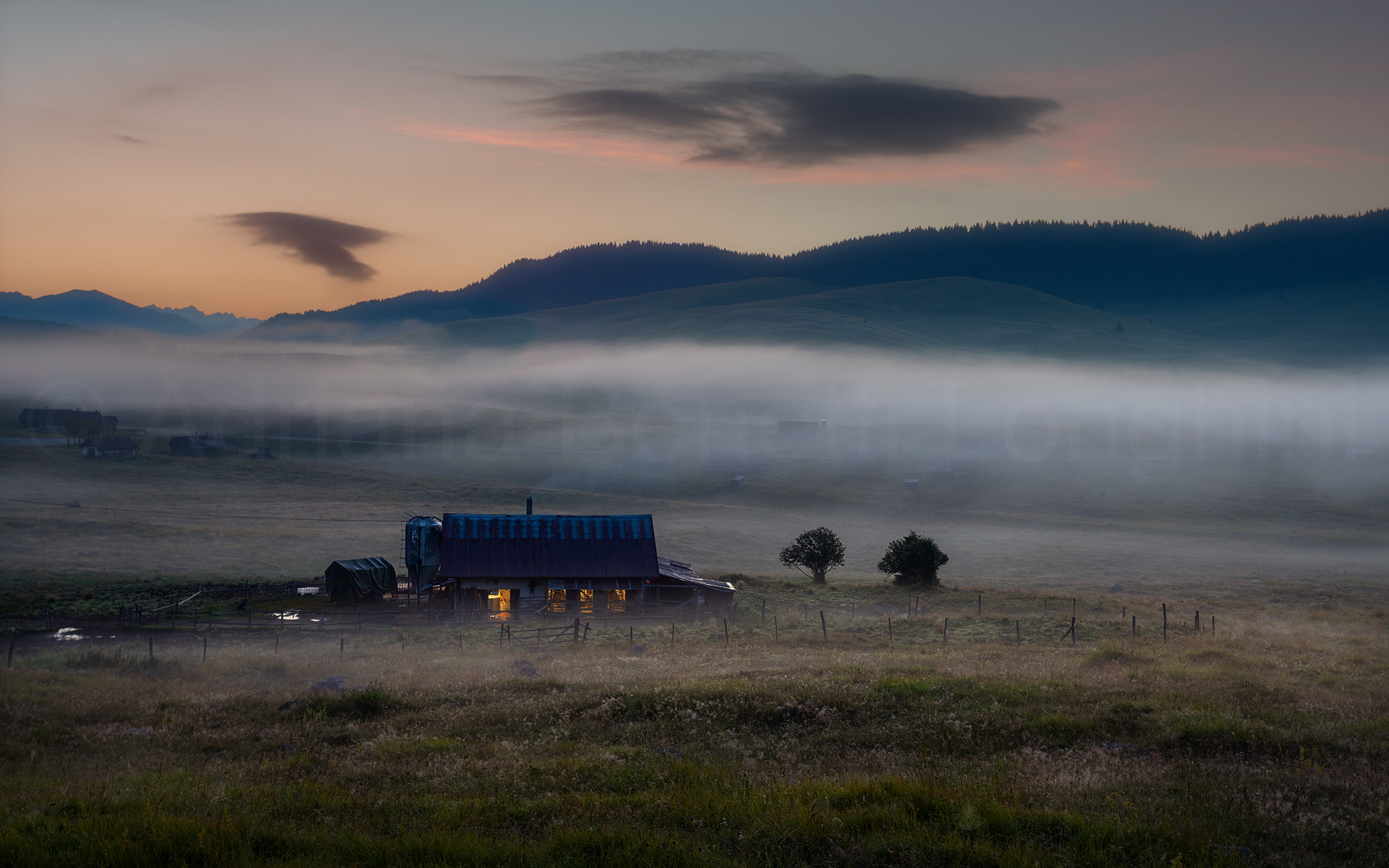
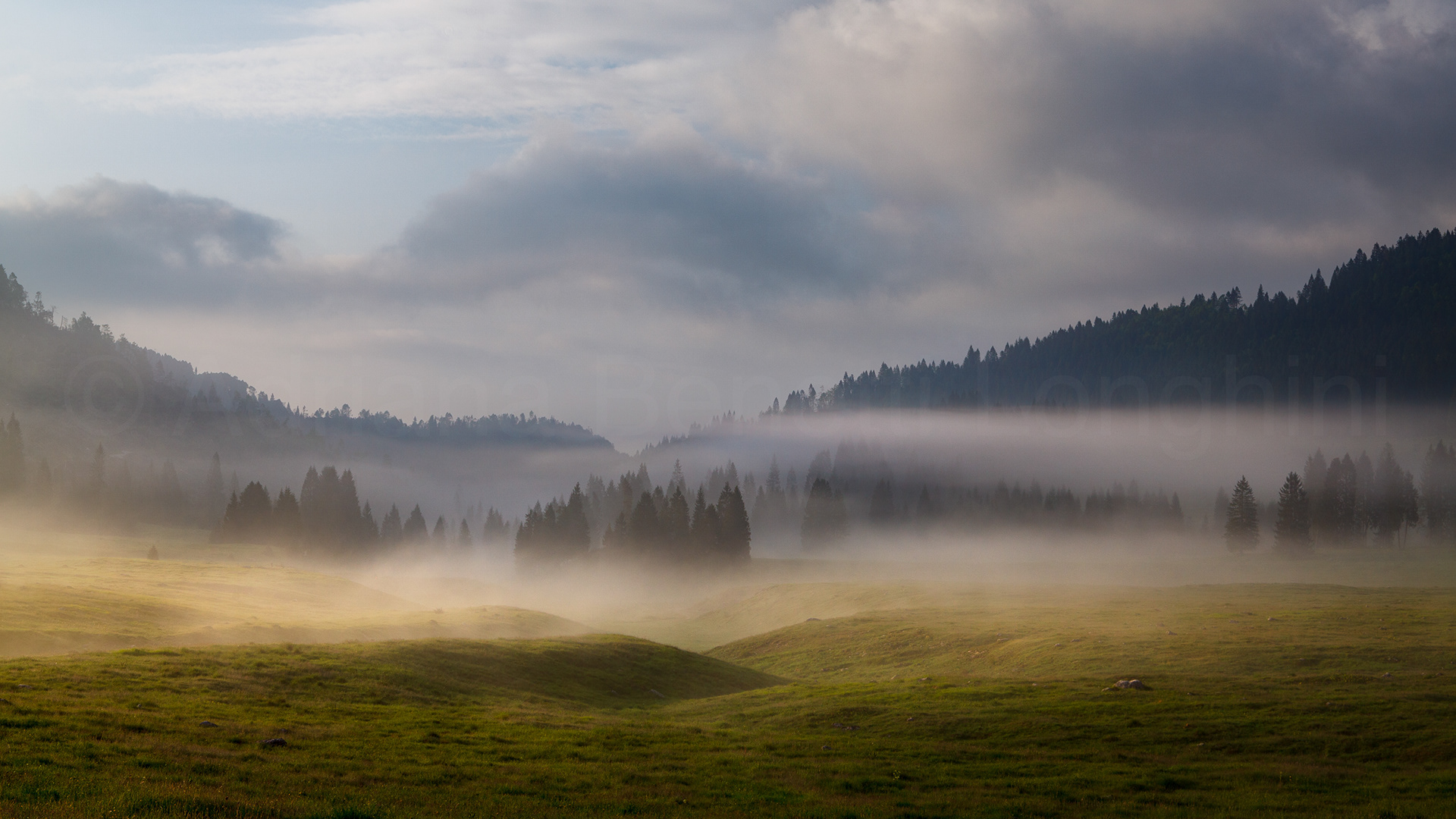
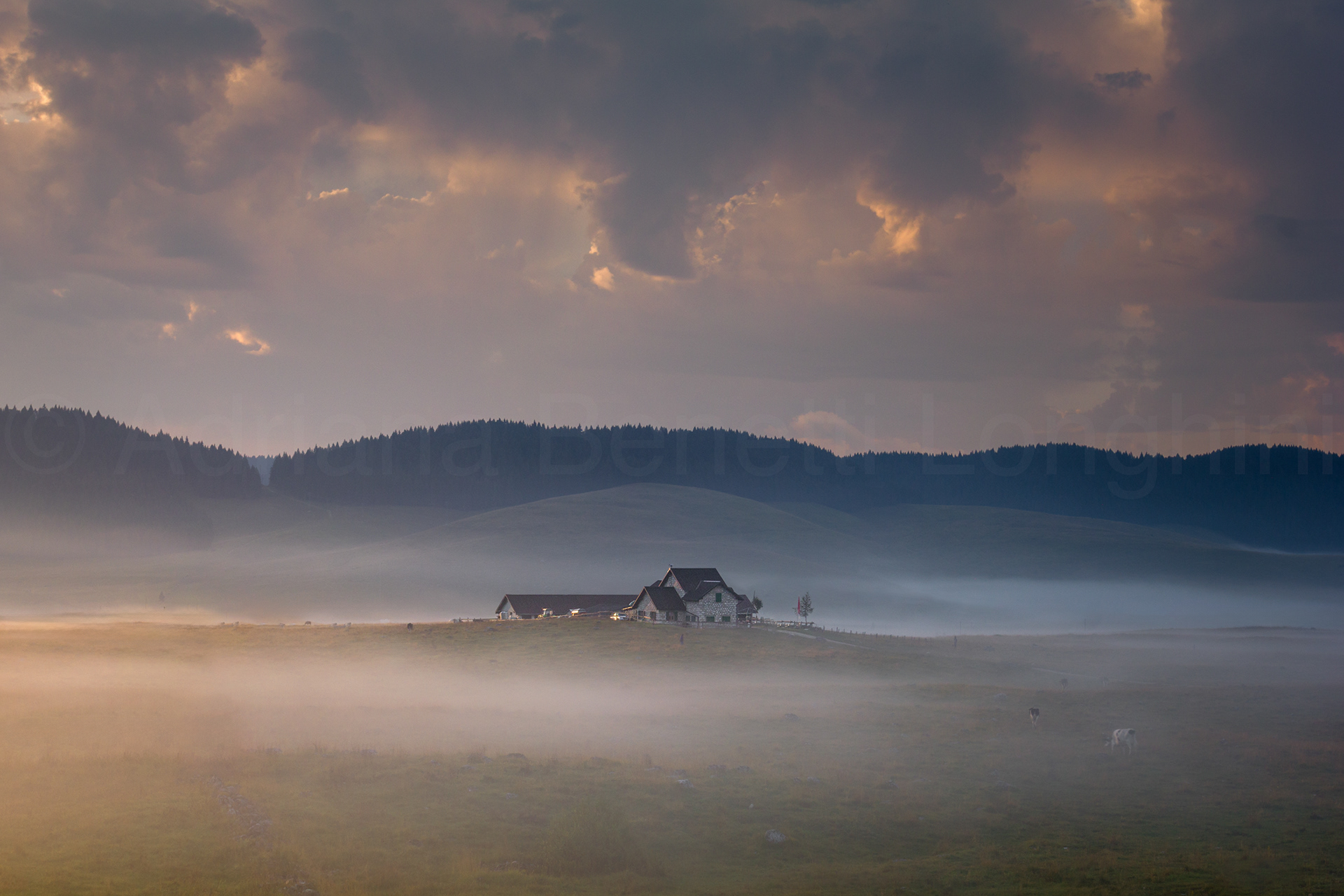
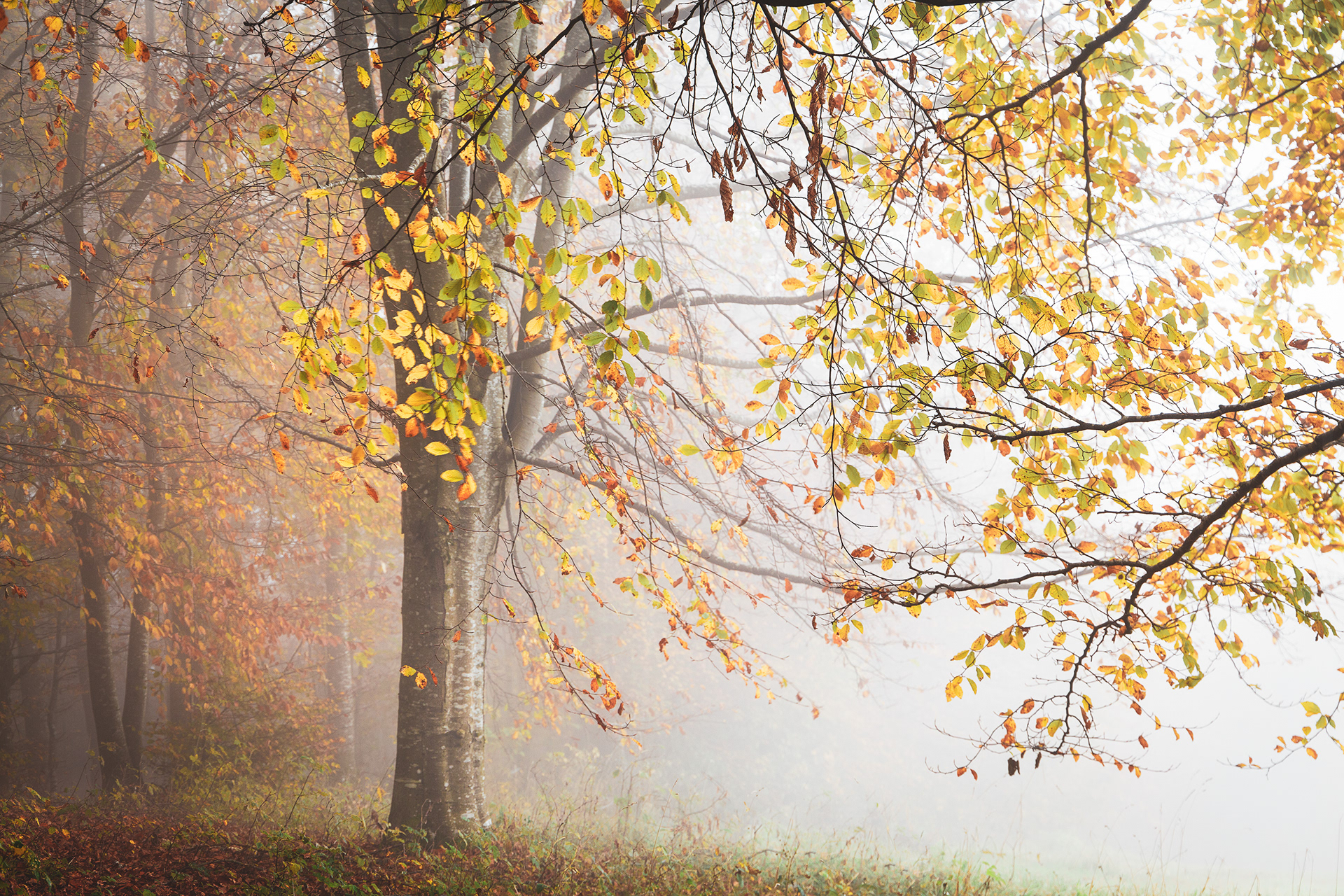
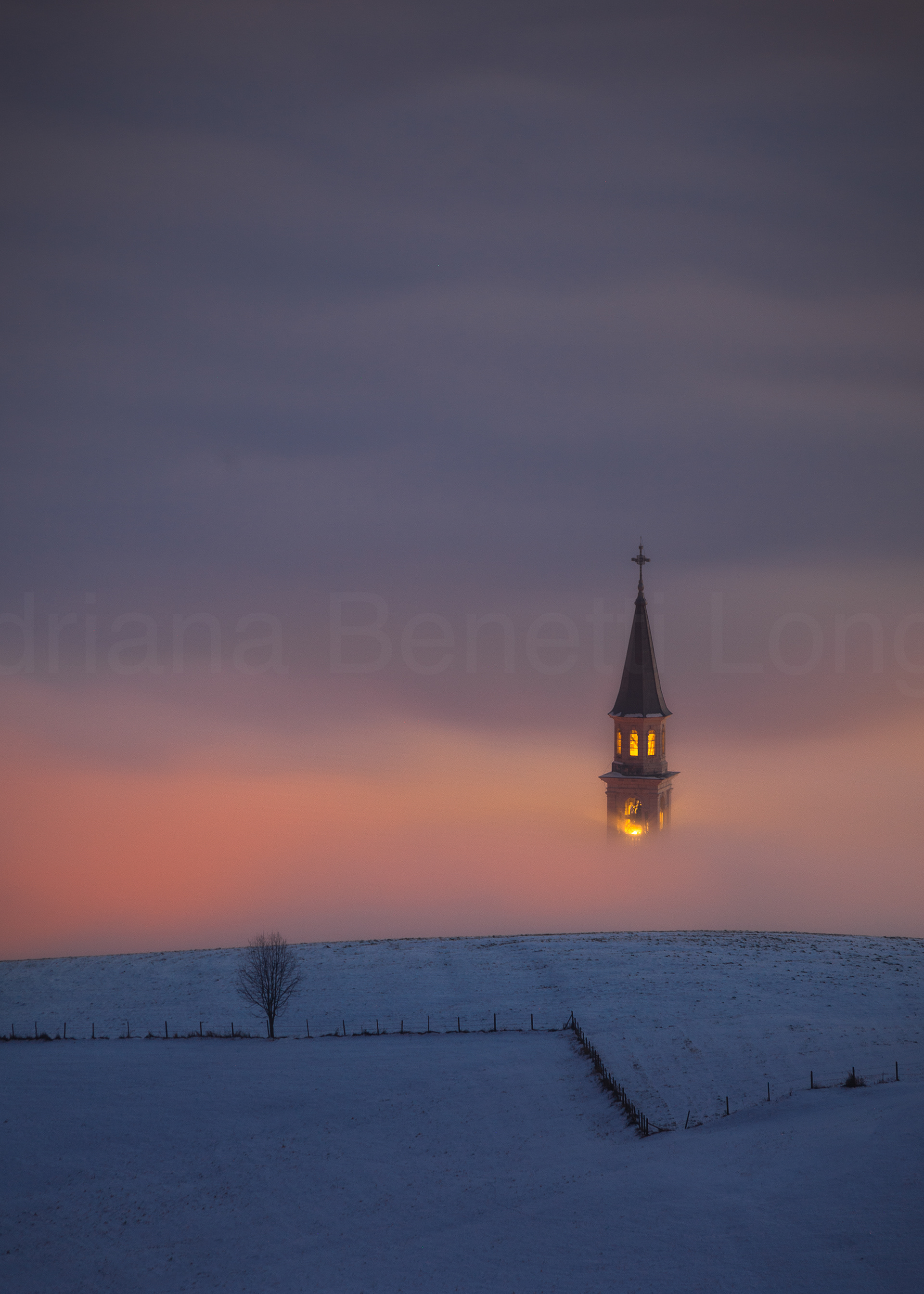
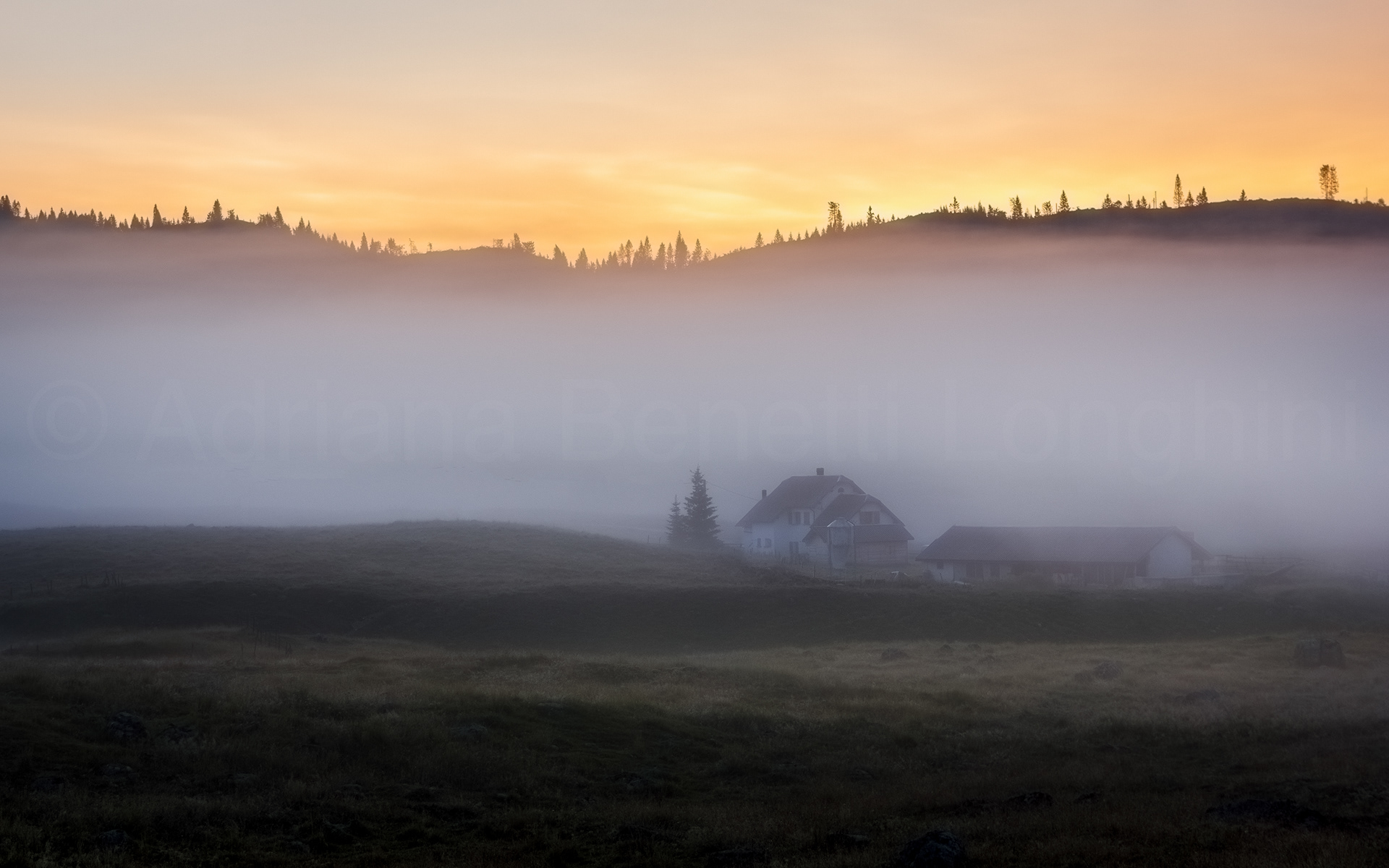
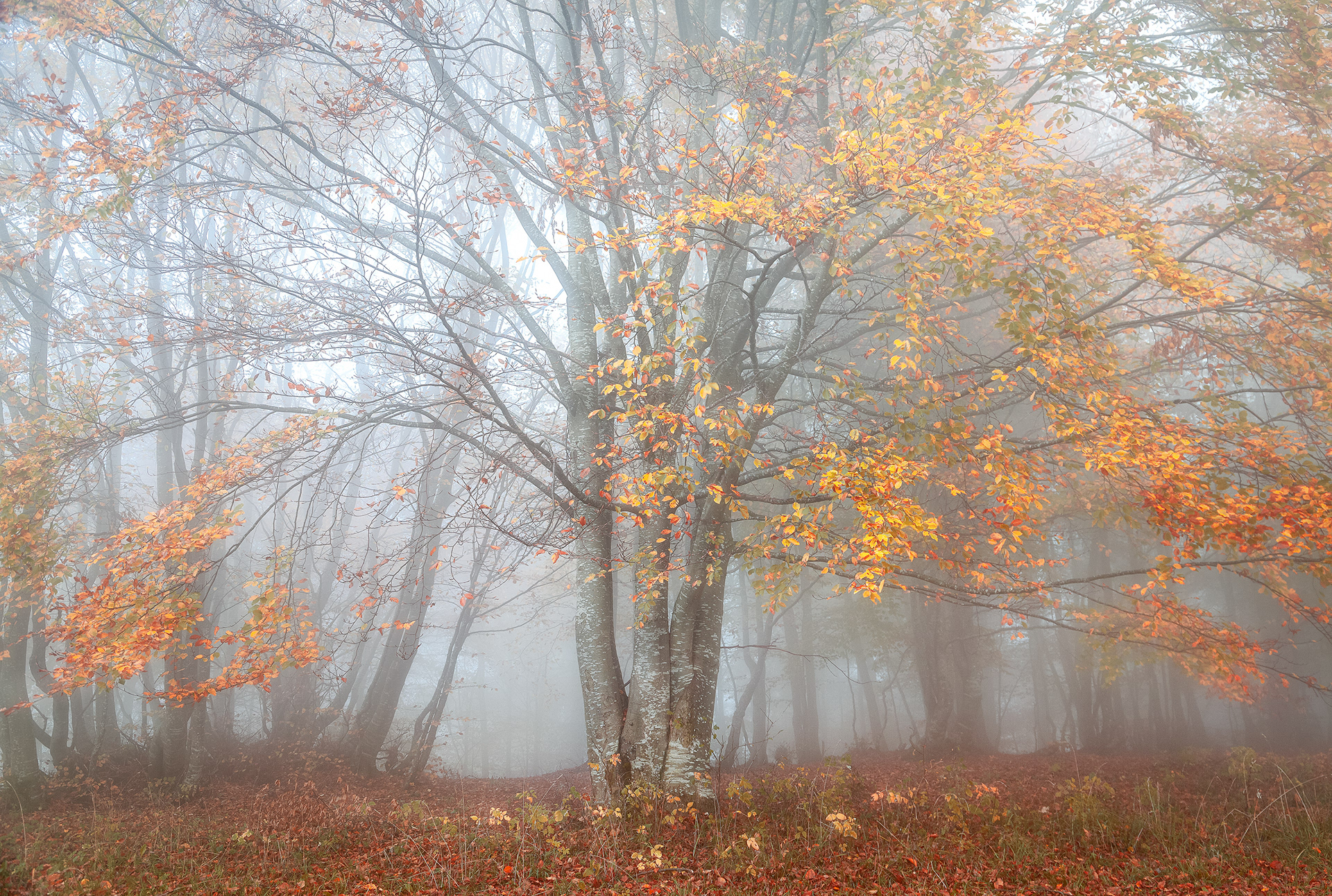
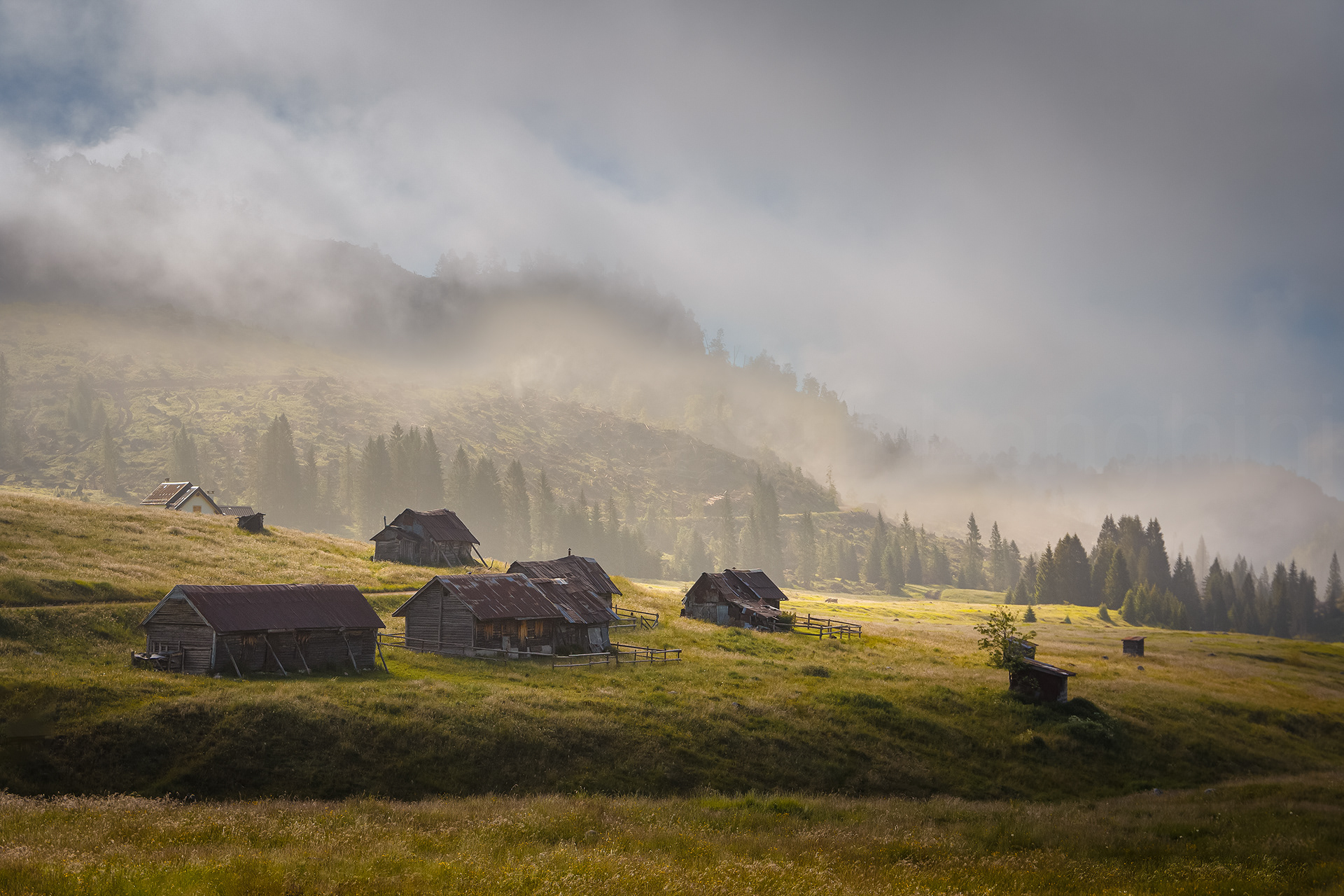

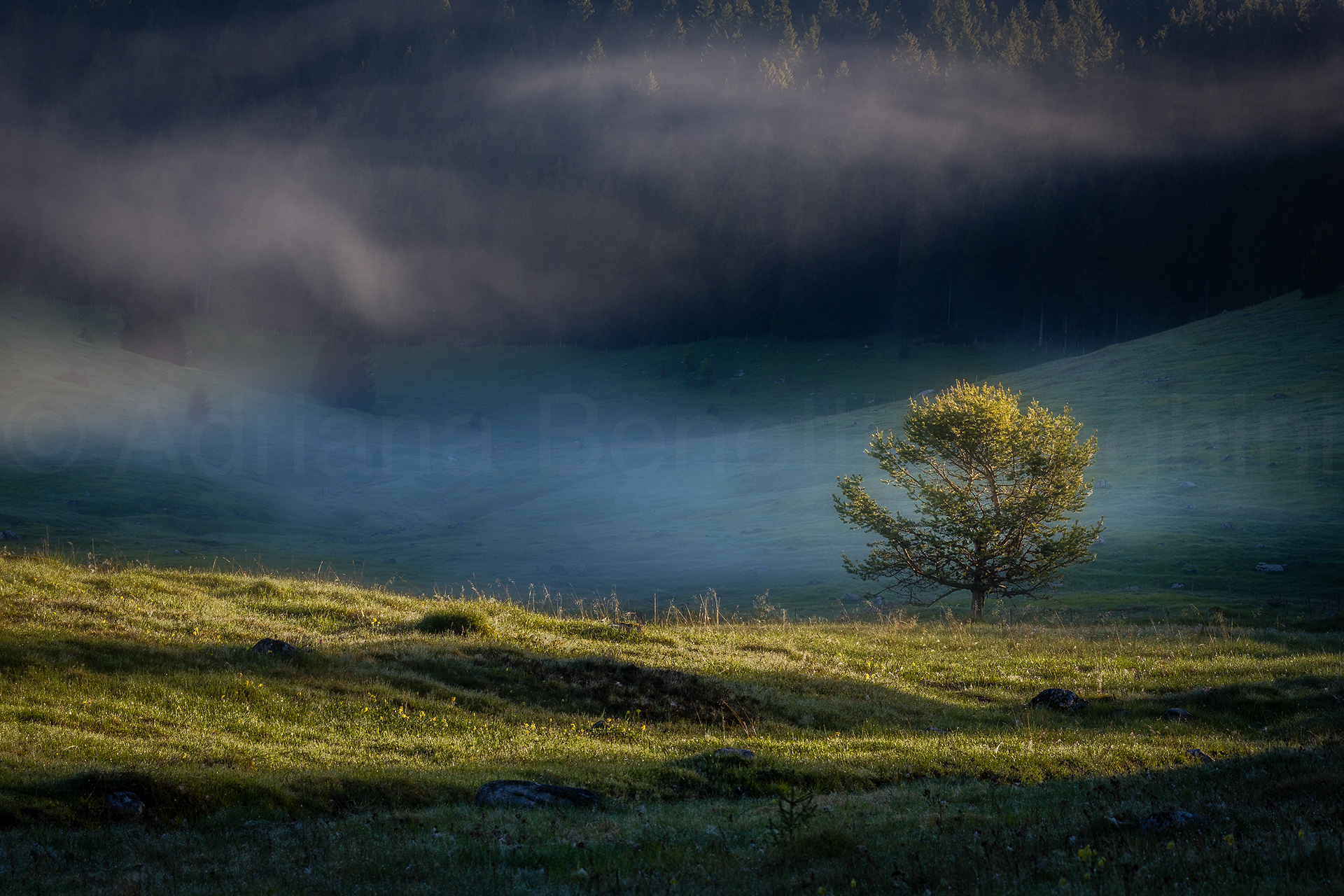
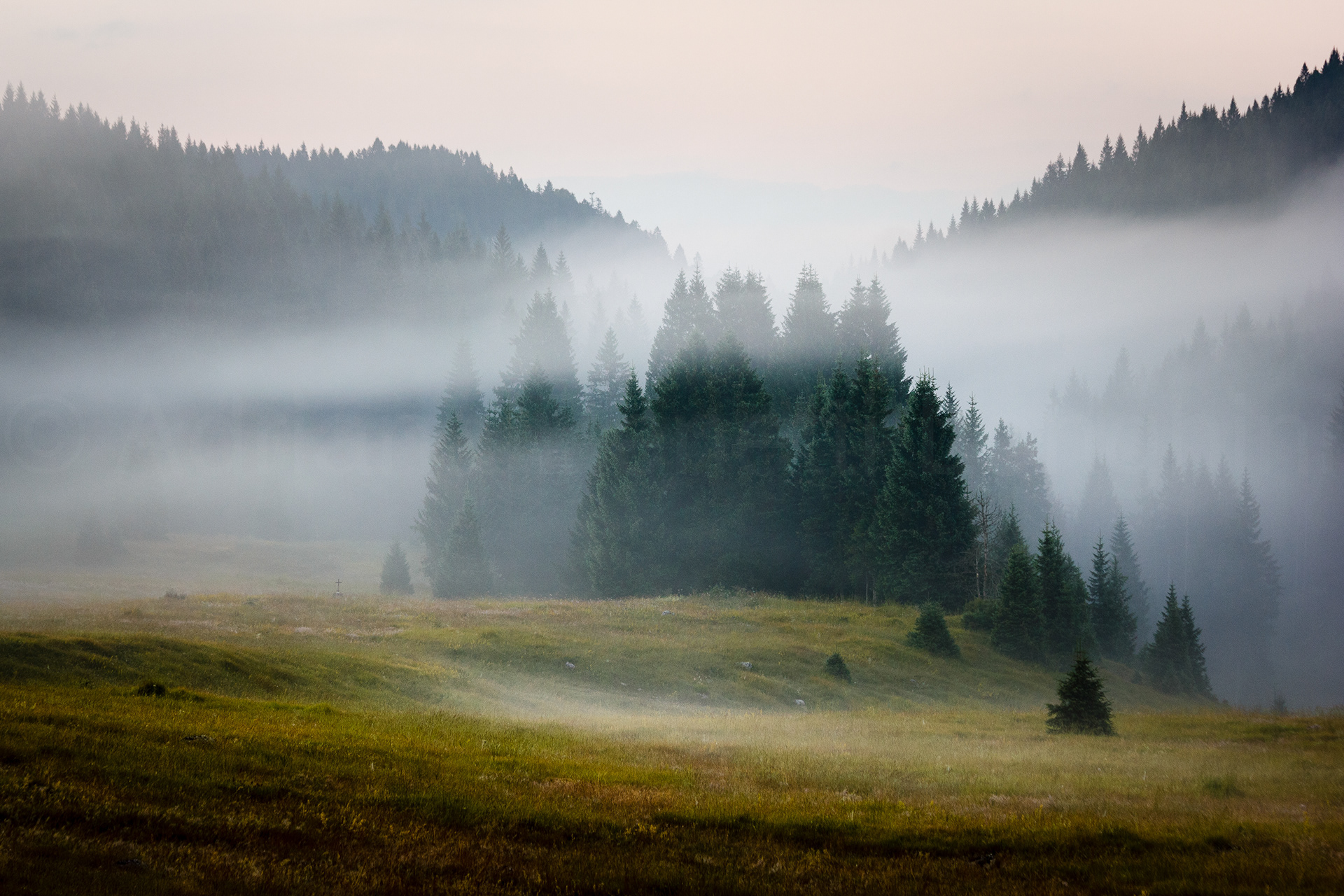
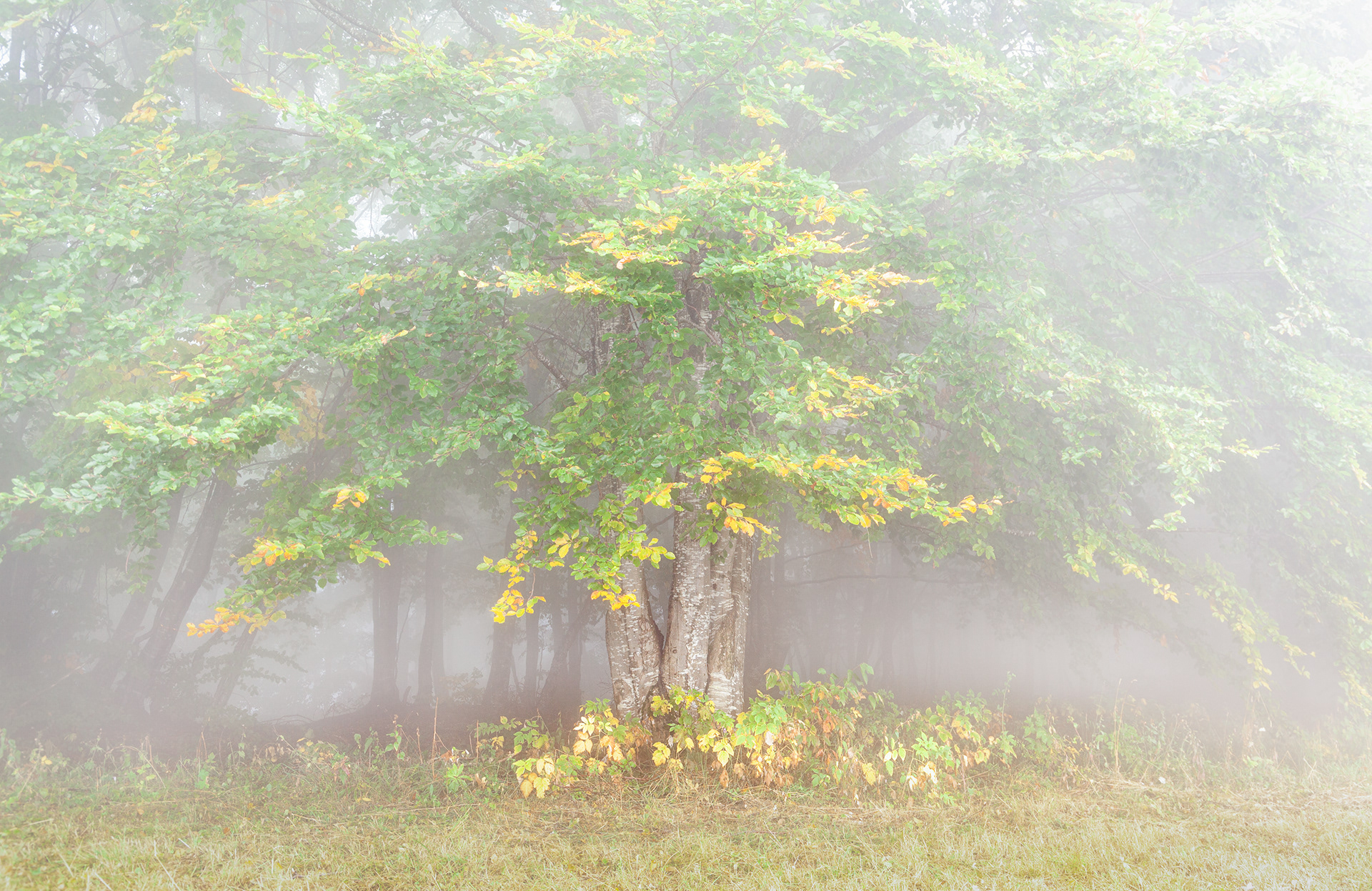
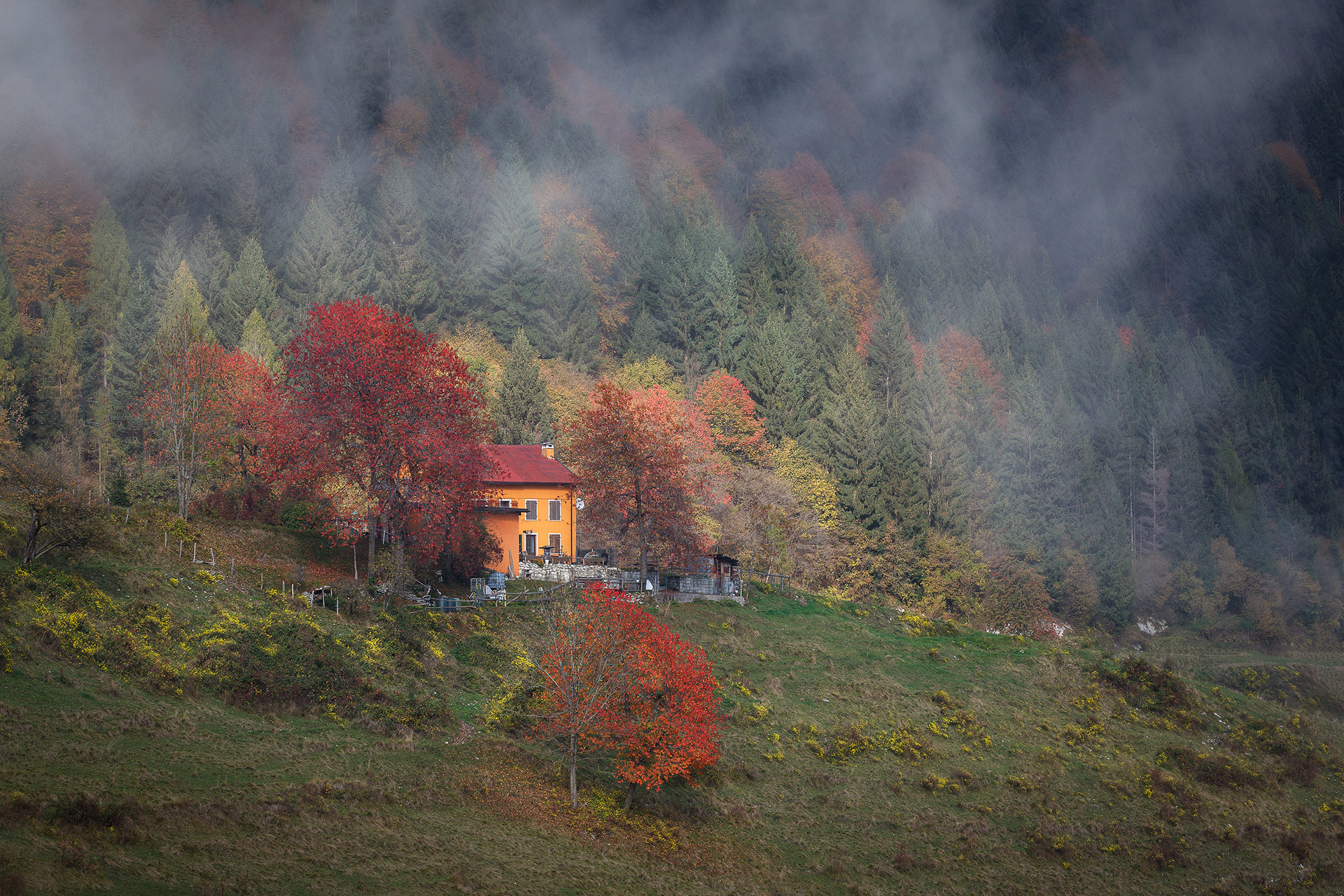
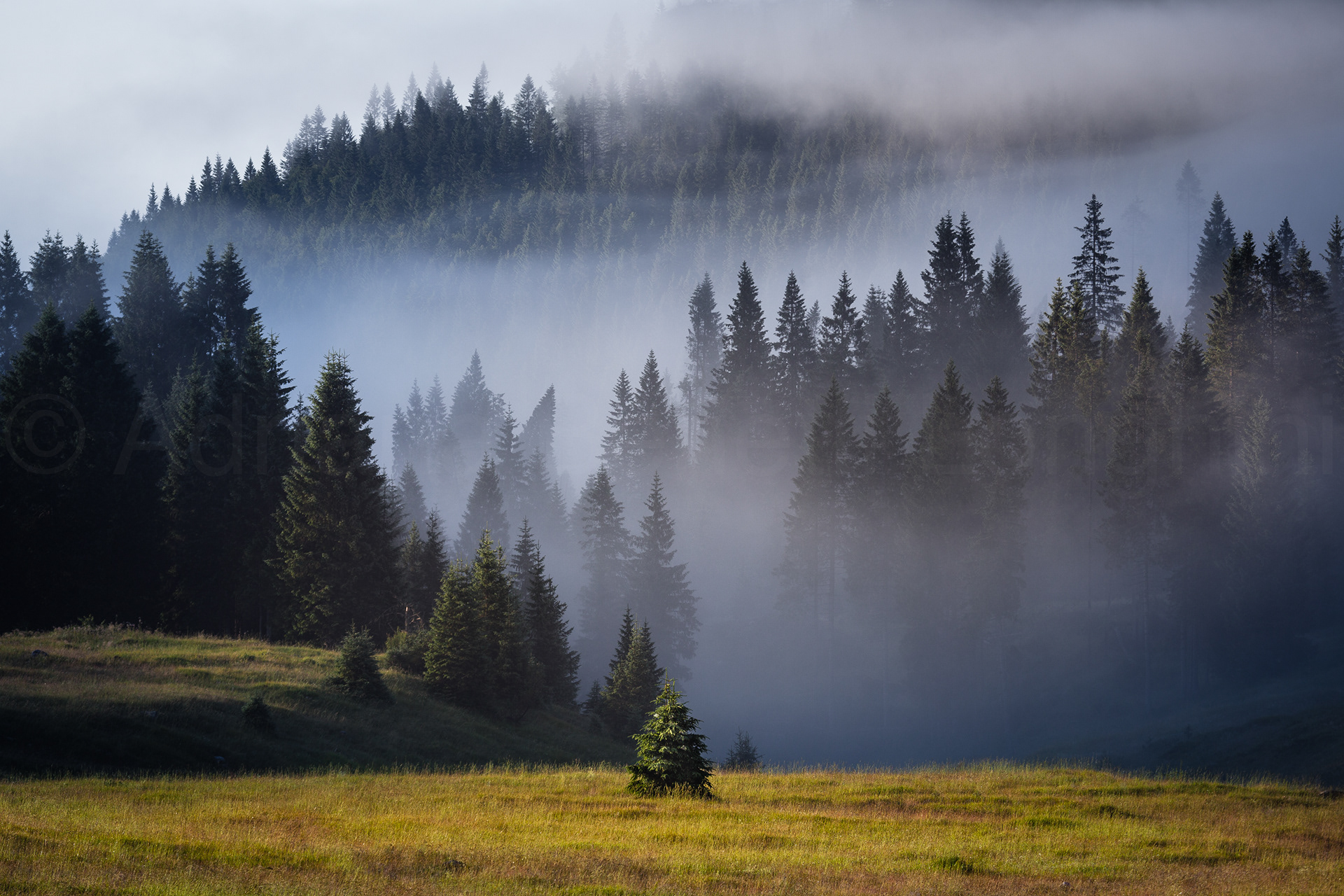
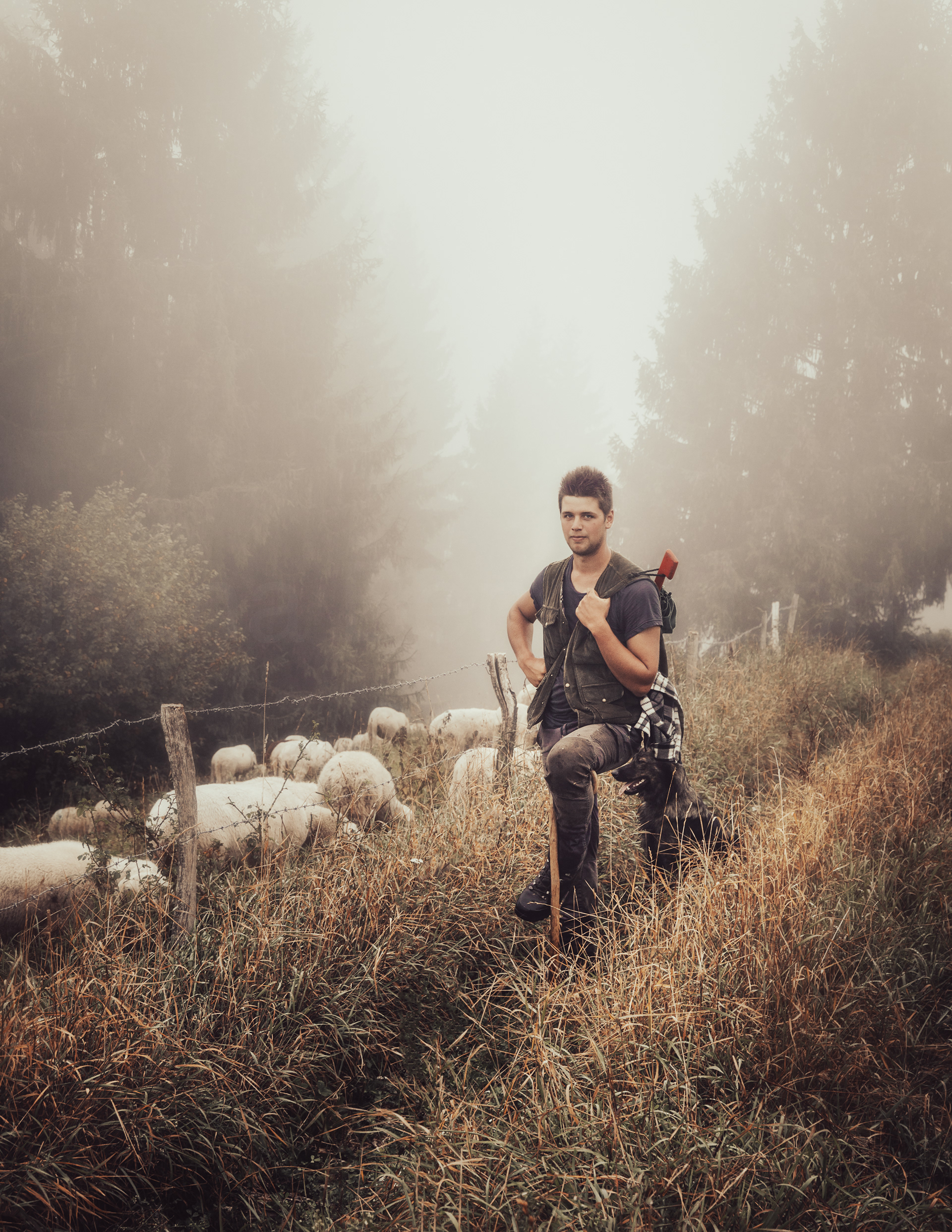
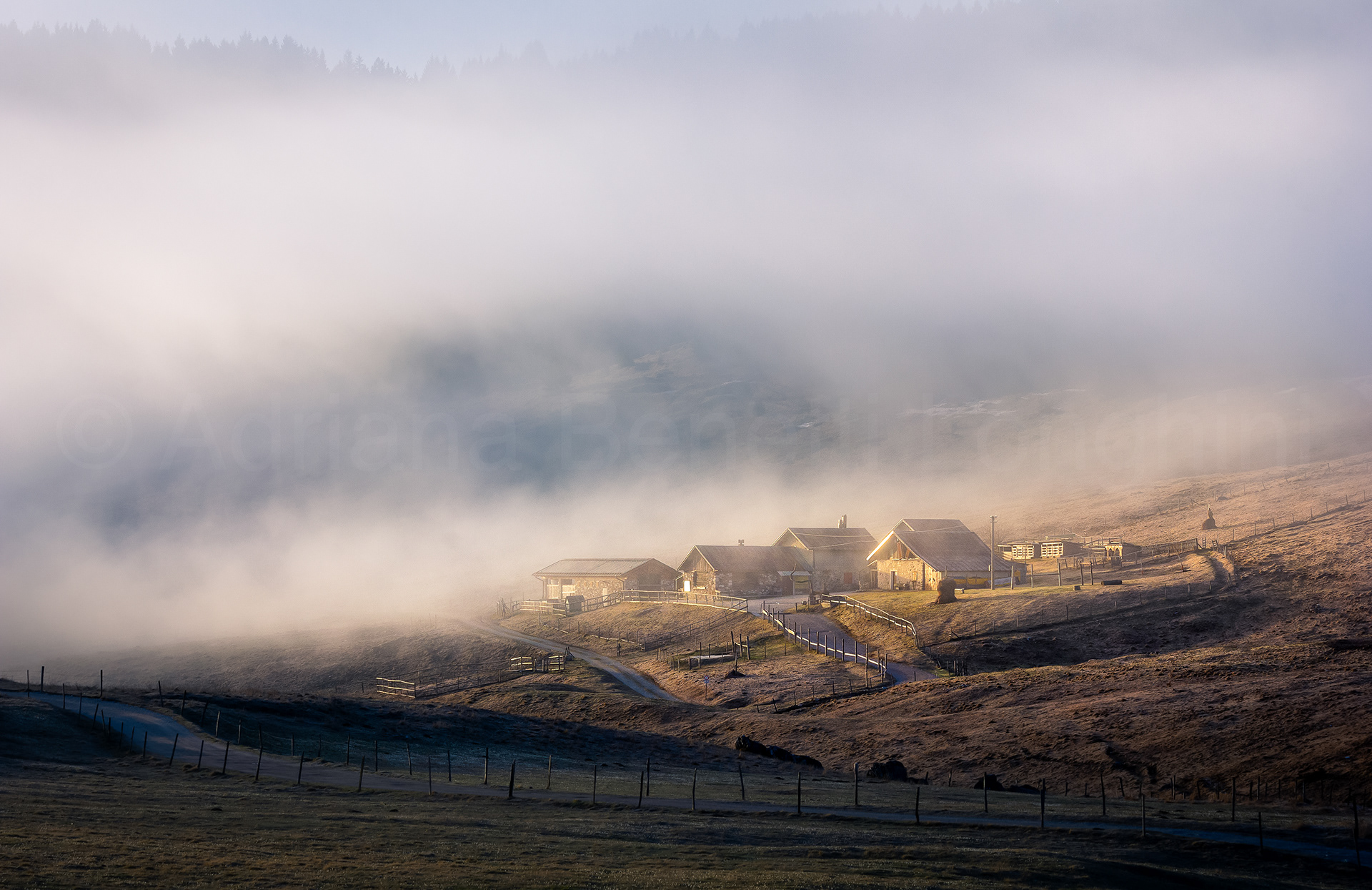
Until the next one, thank you for reading my blog!
© ADRIANA BENETTI LONGHINI (All rights reserved)
The photographs contained on this, and any other site under the adrianabenettilonghini.com domain, are the property of Adriana Benetti Longhini and are protected by International copyright laws. All copyright, trademark, and other intellectual property rights in this site, are the property of Adriana Benetti Longhini.
All Photographs on www.adrianabenettilonghini.com are copyrighted.
